Buying gemstones for a jewelry studio isn’t just “see pretty stone, add to cart.” Margins, durability, color matching, customer expectations, and supply risk all hit your bottom line. This gemstone buying guide for jewelers shows you how to choose gemstones for jewelry making, how to compare gemstone quality, and where to buy gemstones for jewelry making, whether you’re grabbing ten calibrated rounds or a kilo of mixed cabochons for production runs.
Quick jump: If you’re ready to shop while you learn, browse our home base - your reputable wholesale gemstone suppliers USA resource - at GemstonesForSale.
Within the first few hundred words we’ll also connect you to key deep‑dive posts on some of the most profitable gemstones for any jewelry maker, so you can drill down by stone type as you plan inventory.
1. Why a Structured Gem Buying Process Matters
Whether you work at a bench, sell through a small studio brand, or run an online shop, buying gems the same way every time saves money and headaches. Colored stones don’t price like diamonds: color is king, quality can swing wildly, and some gems are tougher than others.
Always ask: Where’s it from? Was it treated? What grade am I paying for? Clear answers build customer trust and cut down on returns or awkward refunds.
Match the stone to your market. If your buyers love good, bright color at budget prices, don’t sink cash into ultra‑premium “AAA” parcels you’ll never recover on. Strong commercial grade that looks great in jewelry often sells faster, and keeps your cash free for metal, findings, or marketing.
We’ll keep calling out simple gemstone buying tips for jewelry business owners as we go—use them as a repeatable checklist.
Bottom line: Know your customer, know your supplier, know what you’re really buying. That’s the start of profitable gemstone sourcing.
2. Define Your Market Before You Buy
Don’t start with a gem list; start with your buyer.
Questions to nail down:
-
What price bands do your customers actually purchase? (Boutique silver under $200 vs heirloom 18k over $2k?)
-
Which colors, birthstones, or metaphysical themes move in your region or niche? Trade research shows consumer demand clusters by culture and trend cycle; mismatched inventory = dead stock. For example, Indians believe heavily in the influence of planets on their life, hence navratan, the 9 main astrological gemstones, will be found at almost every jeweler.
Tracking which colors move lets you stock affordable gemstones that sell well instead of tying up cash in slow movers. -
Do you need matching calibrated runs for production, or one‑off center stones for custom builds? Sizing consistency drives reorders and vendor selection.
-
How important are ethical sourcing and treatment disclosure to your customers? Some wholesale programs publish AGTA enhancement codes and lab data, use those when customer trust is critical.
3. Core Quality Framework: The Colored Gem “4Cs”
Most jewelers first hear “4Cs” in the context of diamonds. Colored stones use the same ideas, but the order of importance changes. For colored gems:
Color matters most.
Cut helps the color look its best.
Clarity is judged by the stone type (some are naturally included).
Carat weight affects price, but not in a simple “twice the weight = twice the cost” way.
Below are plain‑language explanations plus quick bench examples you can relate to.
3.1 Color (Hue • Tone • Saturation)
Think of this as your on‑bench gemstone color grading system in plain English.
What it means:
-
Hue = the basic color + any secondary (greenish‑blue, reddish‑purple).
-
Tone = how light or dark.
-
Saturation = how strong or washed‑out the color looks.
Why you care: Customers react to color first. Better color = higher price (within reason).
Getting color right is half of how to choose gemstones for jewelry making that actually sell.
Bench Examples
-
Amethyst: A deep, rich “Siberian” purple amethyst crystal (strong saturation, medium‑dark tone) sells for more than pale lavender commercial bead amethyst. Use the top‑color faceted stones in rings or pendants where the gem is the star. Use the lighter bead‑grade amethyst in stretch bracelets, rosaries, chakra strands, still pretty, much lower cost.
Check out our amethyst buying guide in case you’d like a detailed breakdown on how to make the best use of your money while buying amethyst online. -
Peridot: Apple‑green with no brown or gray undertone sells better than olive/brownish material. Save top color for center stones; use the lower tone peridot stone chips in cluster earrings.
-
Blue Sapphire: An inky, too‑dark sapphire may look black in room light; the color is “lost.” A slightly smaller but brighter medium‑dark stone may look better AND sell faster.
 Quick Color Check: Lay stones on white paper under a neutral light. Drop anything too dark or too light if you need matched lots.
Quick Color Check: Lay stones on white paper under a neutral light. Drop anything too dark or too light if you need matched lots.
3.2 Clarity (Inclusions & Transparency)
What it means: How clean or included the stone is when viewed with the eye or loupe, and whether those inclusions hurt beauty or durability.
Important: Different gems have different “normal” inclusion levels. Comparing one species to another on the same clarity scale can mislead you.
Scroll to the mini test at the end of this section for how to evaluate gemstone clarity fast at the bench.
Bench Examples
-
Emerald vs Moss Agate: Expect inclusions (jardin) in emerald; eye‑clean emeralds are rare and costly. You price in the clarity. Moss agate? Entirely different game, the “inclusions” are the attraction. More fern‑like moss = more visual appeal. Judging moss agate by emerald clarity standards makes no sense.
-
Tourmaline: Clean pink or green tourmaline gemstone jumps in value. If you see fractures reaching the surface near a prong seat, durability drops, choose a pendant instead of a ring.
-
Moonstone: A few internal layers cause the blue sheen; “cloudy” isn’t always bad. What matters is a strong flash. Save this moonstone buying guide for later, it’ll come off handy!
-
Citrine & Amethyst (Quartz): These should usually be eye‑clean in cut stones. If they’re visibly included, negotiate a lower price or relegate them to bead use.
 Clarity Shortcut: Hold the gem 6–8 inches from your eye, rock it in light. If you can’t see inclusions without a loupe, call it “eye‑clean” for most retail.
Clarity Shortcut: Hold the gem 6–8 inches from your eye, rock it in light. If you can’t see inclusions without a loupe, call it “eye‑clean” for most retail.
Still wondering how to evaluate gemstone clarity? Check out our article on How Semi Precious Gemstones Are Graded: A Complete Guide to Clarity & Color.
3.3 Cut (Shape, Proportions, Symmetry, Light Return)
What it means: How the gem was shaped and polished. Good cut makes color look even, hides inclusions, and gives sparkle.
Cut is a big part of how to compare gemstone quality when two stones are the same color.
Bench Examples
-
Windowed Stone: Ever see a peridot or aquamarine you can read newsprint through? Pavilion too shallow = “window.” Looks washed out; discount it or recut.
-
High Dome vs Low Dome Cab: A high dome in rhodochrosite gemstone shows more banding; low dome sits lower in a ring but may lose pattern impact.
-
Opal Cab Orientation: Rotate rough to put the strongest play‑of‑color face‑up—worth more. I have an article for you that’ll teach you what makes an opal truly valuable + will also share with you the rarest and most expensive opals of the world, it’s good to have that knowledge ;)
-
Sapphire: Slightly deeper cut can darken a light sapphire into a richer face‑up blue (good). Too deep and you bury carat weight below the girdle (bad for cost).
Cut Check: Look table‑down; check girdle evenness. Face‑up, look for dead areas that don’t return light. Poor cut wastes good color rough.
3.4 Carat Weight (and Why Price Jumps)
What it means: Weight, not size. 1 carat = 0.20 gram. Two stones with the same millimeter size can weigh differently depending on cut depth.
Why price jumps: Large, clean, top‑color rough is rare. Price per carat rises faster than weight, double the weight can be 3‑4× the price (or more) in better material.
Bench Examples
-
Blue Sapphire: A 1.00 ct fine blue might be within budget; a 2.00 ct of the same quality can be 3–5× the price. Many designers drop to 1.20 ct and halo with diamonds to get the “big look” for less.
-
Tourmaline Slices: A thick slice weighs more but may not look bigger face‑up. Compare $/mm face‑up when stones vary in depth.
-
Bead Strands: Bulk bead lots are priced per gram. Convert to carats (g × 5) to compare to cut‑stone pricing and see if the deal holds.
- Millimeter vs Weight: For calibrated mountings, size (mm) can matter more than weight; don’t overpay for excess depth you’ll never show in the setting.

Check out our article on How to Calculate Cost Per Carat for Bulk Gemstone Purchase for Jewelry Making to understand carat-pricing better.
Quick “4Cs in Practice” Cheat Sheet
-
COLOR first: Pick stones that look good at arm’s length; top color earns a higher price.
-
CLARITY depends on stone: Emerald = inclusions expected; moss agate = inclusions desired.
-
CUT helps color: Avoid windowed stones; orient cabochons for best pattern.
-
CARAT is weight, not size: Bigger jumps price fast - use halos, clusters, or beads to stretch budget.
4. Beyond the 4Cs: Durability, Treatments, Origin & Stability
Pretty isn’t enough. Stones have to survive real life - ring knocks, lotion, sunlight, polishing cloths, and the inside of a shipping box in July. Think in three parts: hardness, toughness, chemical stability.
4.1 Durability = More Than Mohs
If you need the most durable semi‑precious stones for daily rings, jump ahead to the quick list below.
-
Hardness (scratch resistance) is the Mohs number. Quartz dust is ~7, anything softer will scratch over time in daily wear (which is also why stones like opal are come with a warning).

-
Toughness is resistance to chipping or breaking. Some stones are hard but brittle. Example: emerald (≈7.5–8) can chip because of fractures; tanzanite (≈6.5) can cleave if struck.
-
Stability covers how a gem reacts to heat, chemicals, or dryness. Opal can craze if it dries; turquoise stains from oils; malachite etches in acid cleaners.

Design tip: Use harder, tougher stones (sapphire, spinel, garnet) for rings and bracelets. Use softer beauties (opal, turquoise) in pendants, earrings, or protected bezels if you sell “most durable semi‑precious stones” as daily wear.
4.2 Treatments: Always Ask
Many colored gems are improved to look better or last longer. Common treatments:
-
Heat: Brightens color in sapphire, ruby, aquamarine.
-
Dye: Adds or deepens color in agate, howlite, some jade.
-
Stabilization / Impregnation: Strengthens porous gems like turquoise or rhodochrosite.
-
Fracture Fill / Oil: Makes fractured gems (emerald) look clearer.

Reputable sellers disclose treatments up front (look for AGTA‑style codes or lab notes). Put treatment info in your product listings—customers trust you, and fewer pieces come back.
Asking about treatments is a core part of what to look for when buying gemstones in any price range.
Here’s a quick-list of treatments to remember the next time you are bulk-buying :
ASBL - Assembled product
B - Bleaching
C - Coating
CMP - Composite materials
D - Dyeing
F - Filling
H - Heating
I - Impregnation
IMIT - Imitation
L - Lasering
N - Natural
O - Oil/Resin Infusion
R - Irradiation
SYN - Synthetic
U - Diffusion
W - Waxing/Oiling

4.3 Origin: Story + Possible Premium
Where a stone comes from can matter to buyers:
-
Kashmir sapphire, Burmese ruby, Paraíba tourmaline - names that raise eyebrows and prices.
-
Local pride sells too: “Montana sapphire,” “Arizona turquoise,” or “Maine tourmaline” help connect with regional customers.
-
Documentation matters. Without a lab memo or trusted supplier tag, “famous origin” claims won’t hold up and shouldn’t carry a premium

Reality check: Good color + clean cut beats fancy origin in most everyday jewelry lines. Save origin premiums for higher‑ticket, certificate‑backed pieces.
Use origin only when documented; otherwise focus on color and cut—the practical route for how to choose gemstones for jewelry making at scale.
5. Commercial Quality Labels (AAA / AA / A…): Use, But Verify
Many parcel sellers shorthand quality with letter grades. There’s no universal standard, so treat them as relative within a vendor’s inventory. Typically:
-
AAA = top color, high clarity, precision cut.
-
AA = strong color, minor inclusions, good cut—sweet spot for value jewelry lines.
-
A = commercial grade, acceptable color/clarity for volume use.
Use vendor samples and return policies to correlate grades to your quality needs.

Combine vendor letter grades with your own gemstone color grading system photos so staff can quickly learn how to compare gemstone quality across suppliers.
6. Matching Stone Choice to Jewelry Use Case
Durability, size, and price should track with where the gem sits. Matching stone to wear type is one of the easiest gemstone buying tips for jewelry business planning—fewer repairs, happier customers.
|
Jewelry Use |
Priority Factors |
Recommended Quality Strategy |
Notes |
|
Daily‑wear rings |
Hardness ≥7, toughness, secure setting |
AA+ or better; avoid heavily fractured material |
Softer stones need bezel & protective design. |
|
Earrings / pendants |
Face‑up color, size impact |
A–AA workable if eye‑clean; durability less critical |
Lighter grades stretch budget. |
|
Production bead lines |
Color consistency across strands |
Buy bulk calibrated, accept moderate inclusions |
Negotiate volume discount tiers. |
7. Budgeting & Margin Planning
Not every sales channel earns the same markup. Use rough bands below as planning guides (adjust to your costs and brand strength).
-
Wholesale (you sell to other makers/retailers): Small spread, think cost ×1.2–1.4 if you want fast turnover. Higher if you pre‑sort, grade, or pre‑set stones.
-
Direct Retail / Online Brand: Start around keystone (cost ×2 ≈ 50% gross margin). Many color‑stone jewelers run 2–3× depending on labor, packaging, and marketing.
-
Designer / Luxury Lines: Story, scarcity, and branding can support 3x, sometimes far more on unique or custom pieces.
Always Use Landed Cost
Your real cost = stone invoice + shipping + duties + insurance + cutting loss + fees. Mark up from that number, not the invoice alone, or your profit vanishes.
Fast vs Slow Money
Recognizable names (amethyst, garnet, sapphire, turquoise, moonstone) move quickly and keep cash flowing. Obscure species tie up money unless your audience is very niche. Stock core “name stones” first; sprinkle in specialty rough later.
Quick Pricing Example
You land garnet pairs at $3/ct all‑in.
-
Wholesale out: $4/ct (quick cash).
-
Retail earrings: Build cost $12 → tag $28–$32 (room for a sale). Test higher in Q4 gift season.
Tip
Track your average markup by stone type. If margins slide below target, raise price, re‑grade quality, or switch suppliers. Your books—not the vendor—decide whether a gem belongs in your line.
8. Most Profitable Gemstones for Jewelry Makers (High‑Margin / High‑Turn)
Below are stones widely available in quantity, attractive to consumers, and friendly to markup—ideal affordable gemstones that sell well and support scalable product lines.
Amethyst (Purple Quartz) – Abundant, Mohs 7, deep color sells; strong margins even in larger sizes. Market demand + low rough cost = reliable returns.

Citrine – Heat‑treated amethyst supply keeps price low; bright yellow/orange pops in silver lines.
Yep! Most of the commercial citrines are actually heat treated amethysts.

Garnet (Red & Mixed Colors) – Strong consumer recognition; darker material cheap in bulk; brighter rhodolite grades move quickly in bead & accent markets.

Tourmaline (Mixed Colors) – “Always a moneymaker” in varied hues; pink/green parcels sell across boho and fine markets; watch rough cost by color.

Aquamarine – Recognizable beryl variety; lighter grades affordable, larger stones upsell bridal/statement pieces. See our Aquamarine Buying & Care Guide.

Moonstone – Adularescence sells; mid‑hardness so use protected settings; huge style demand keeps turnover high.

Turquoise (Stabilized Commercial Grades) – Iconic color; treated material keeps cost down; ideal for bracelets, inlay, bead strands.
Check out our article on Different types of turquoise gemstones for jewelry design and buying.

9. Visual Quality Checks: What to Look For When Buying Gemstones
Use this checklist at trade shows, supplier showrooms, or unboxing parcels.
9.1 Color Consistency
Line stones up table‑down on white card; check for hue drift and tone banding under consistent light. Color drives perceived value in colored gems; mismatched stones lower finished piece pricing.
9.2 Clarity & Structural Issues
Loupe at 10×; find feathers, fractures, fill lines. Inclusion severity affects durability and polish quality and thus price tier.
9.3 Cut & Weight Return
Face‑up symmetry, pavilion depth, windowing, and polish marks influence light return and whether weight is hidden in the keel. Poor cut can negate top‑color rough.
9.4 Enhancement Disclosure
Ask for treatment notes (heat, dye, resin, stabilization). Reputable suppliers align disclosures with AGTA codes and documentation.
10. How to Compare Gemstone Quality Side‑by‑Side
Print this section as a bench card—fast how to compare gemstone quality routine for shows.
Step 1: Normalize Lighting – Use daylight‑equivalent lamp; colored stones shift under warm vs cool light. Color is primary value factor, controlling the variable.
Step 2: Sort by Hue Range – Keep like hues together; secondary modifiers (bluish‑green vs greenish‑blue) impact price.
Step 3: Grade Tone & Saturation – Discard stones too dark (dead face‑up) or too light (washed); mid‑strong tone sells best in most markets.
Step 4: Loupe for Eye‑Clean – Mark parcels “eye‑clean,” “slightly included,” etc. to segment SKU pricing; clarity acceptance varies by species.
Step 5: Measure & Calibrate – Production jewelry needs standardized millimeter sizes; mismatch drives labor waste. Major wholesalers offer calibration charts & matching services.
11. Buying Strategy by Quantity: How to Buy Gemstones in Bulk
Bulk buys cut unit cost but increase risk. Industry wholesalers advise vetting vendor reputation, reviewing testimonials, and starting with test lots before scaling orders.
Factor full landed cost—freight, insurance, duties, bank fees—into pricing; margin studies show overlooked logistics destroy profitability.
Use enhancement disclosures (AGTA codes) and lab docs to negotiate price tiers between natural untreated vs treated commercial stock.
12. Where to Source: Channels That Work
12.1 Trade Associations & Directories
Membership directories (AGTA) help you locate vetted colored stone dealers committed to disclosure standards and ethical trade—good starting point when building a supply chain.
12.2 Full‑Line Wholesale Platforms
Large U.S. distributors publish enhancement codes, calibration services, gemological support, and rebate programs for volume accounts—useful when you need repeatable supply.
12.3 Specialty Wholesalers & Regional Experts
Niche wholesalers focus on specific species (e.g., amethyst or agate heavy sellers); research, read blogs, and engage community boards before committing to volume orders.
12.4 Market & Show Buying
Trade shows remain prime venues to inspect goods in hand; pre‑plan inventory gaps and compare offers across booths to sharpen negotiation. Market prep and restock planning are recurring themes in show coverage.
13. Gemstone Buying Tips for Jewelry Business Owners (Checklist)
Use this print‑friendly list when sourcing:
-
Set target landed cost/ct & min margin before meeting vendors.
-
Demand written treatment disclosure; align with AGTA codes when possible.
-
Confirm return/approval window on new suppliers; test quality against stated grade.
-
Buy name‑recognition stones early in season; they fund experimentation in niche materials.
-
Match durability to design (rings vs pendants) to reduce post‑sale repairs.
-
Track exchange rates and payment fees; spreads reduce true margin.
14. Inventory Planning by Product Tier
Entry Fashion Lines: Use commercial A‑grade quartz, treated topaz, dyed agate; emphasize color size over perfection.
Core Silver Collections: AA amethyst, citrine, garnet, moonstone, stabilized turquoise; consistent calibration critical.
Premium & Bridal: Fine sapphire center stones supported by accent gems; origin & treatment docs add perceived value.
15. Cost Modeling & Pricing Resources
Building an SKU cost model? Pair this guide with our deep dive: How to Calculate Cost Per Carat for Bulk Gemstone Purchase - we unpack freight, cutting yield, and hidden fees so your gemstone cost per carat math reflects reality.

16. Putting It All Together: Mini Workflow
-
Map product tiers (fashion / core / premium).
-
Set spec ranges: acceptable hue window, clarity tolerance, min Mohs by product type.
-
Pre‑qualify vendors via trade directories & transparency policies.
-
Request sample lots; verify grades vs claims; check color consistency under neutral light.
-
Calculate landed cost/ct including duties & wire fees; compare to margin targets.
-
Document treatments in SKU data so downstream marketing and customer support stay accurate.
Ready to source with confidence? Shop calibrated parcels, bulk bead strands, and single collector stones from trusted suppliers—start with buying Wholesale Gemstones for Jewelry Makers and build your next high‑margin collection today.
FAQ: Fast Answers for Busy Jewelers
Q1 What’s the fastest way to judge commercial parcel quality at a show?
Ans: Line 10‑20 stones on white card under daylight lamp; drop out the lightest/darkest and the visibly chipped; re‑weigh remainder for true usable yield. Color uniformity is a key driver of value in colored parcels.
Q2. How hard is “hard enough” for daily rings?
Ans: Aim Mohs 7+ to resist quartz dust abrasion; if softer (opal, turquoise) use protective bezels and customer care cards.
Q3. How do I evaluate bulk strand deals online?
Ans: Check supplier transparency, reviews, and photo/video documentation; verify return window; wholesalers recommend due diligence before large commitments.
Q4. Do I need lab reports for every stone?
Ans: Not for low‑cost bead lines, but for premium/high‑margin gemstones (sapphire, emerald, ruby) documented treatments and origin can justify higher pricing.
Visited 1095 No. of Time(s), 151 Visit(s) Today

Arya Kapoor
Hi, I’m Arya Kapoor — a storyteller at heart and a curious soul always chasing ideas. Writing is where I find clarity, connection, and a bit of magic. Whether it’s diving deep into a subject or simply sharing everyday musings, I love turning thoughts into words that resonate.
Never Miss a Post from Gemstones For Sale!




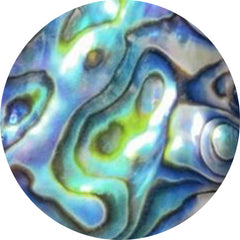 ABALONE SHELL (110)
ABALONE SHELL (110)
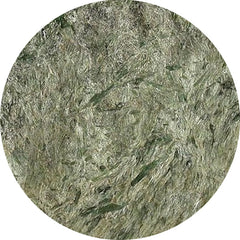 ACTINOLITE (4)
ACTINOLITE (4)
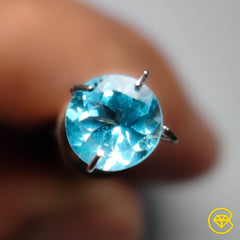 Affordable Gemstones (17452)
Affordable Gemstones (17452)
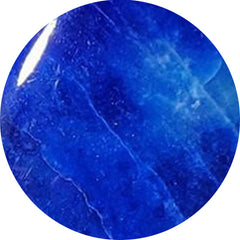 AFGHANITE (10)
AFGHANITE (10)
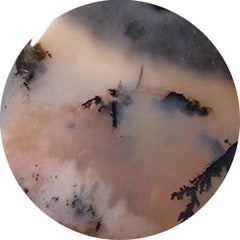 AGATE (2613)
AGATE (2613)
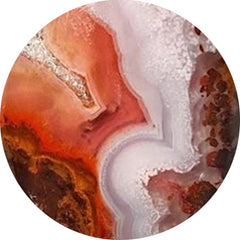 AGUA NUEVA (11)
AGUA NUEVA (11)
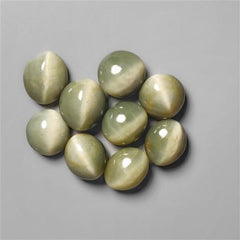 All Gemstones (4)
All Gemstones (4)
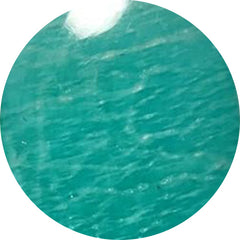 AMAZONITE (187)
AMAZONITE (187)
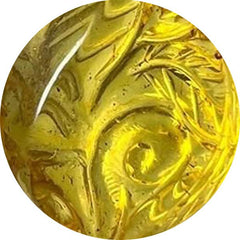 AMBER (136)
AMBER (136)
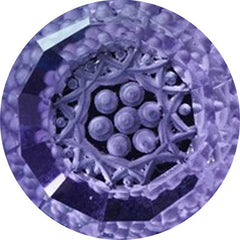 Amethyst (558)
Amethyst (558)
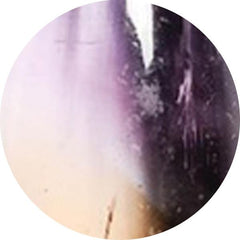 AMETRINE (0)
AMETRINE (0)
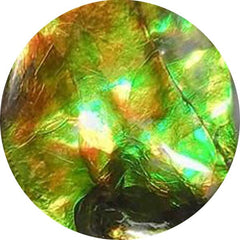 AMMOLITE (24)
AMMOLITE (24)
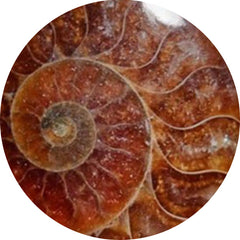 AMMONITE (84)
AMMONITE (84)
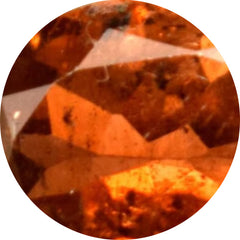 ANDALUSITE (1)
ANDALUSITE (1)
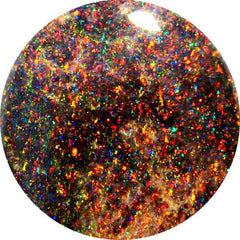 ANDAMOOKA OPAL (0)
ANDAMOOKA OPAL (0)
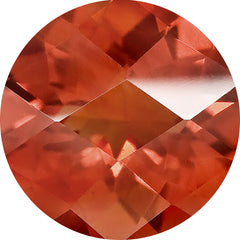 ANDESINE (1)
ANDESINE (1)
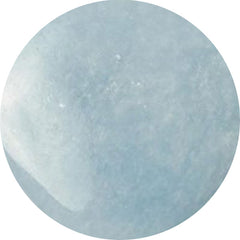 ANGELITE (32)
ANGELITE (32)
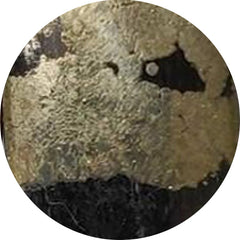 APACHE GOLD (24)
APACHE GOLD (24)
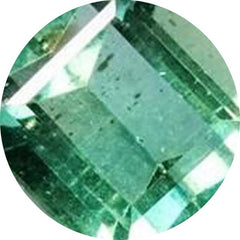 APATITE (127)
APATITE (127)
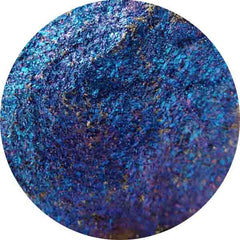 APOPHYLLITE (1)
APOPHYLLITE (1)
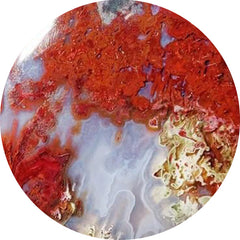 APPLE VALLEY AGATE (0)
APPLE VALLEY AGATE (0)
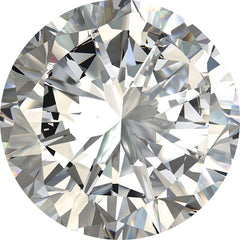 APRIL BIRTHSTONE (42)
APRIL BIRTHSTONE (42)
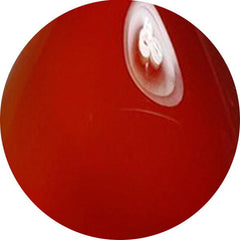 AQEEQ (0)
AQEEQ (0)
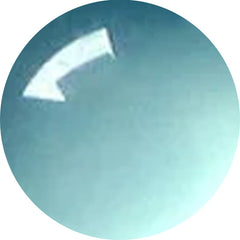 AQUA CHALCEDONY (24)
AQUA CHALCEDONY (24)
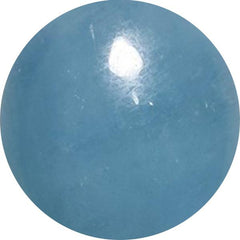 AQUAMARINE (103)
AQUAMARINE (103)
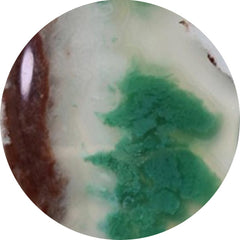 AQUAPRASE (63)
AQUAPRASE (63)
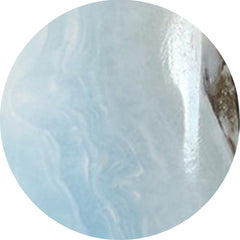 ARAGONITE (2)
ARAGONITE (2)
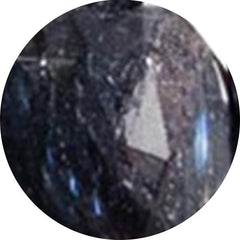 ARFVEDSONITE (12)
ARFVEDSONITE (12)
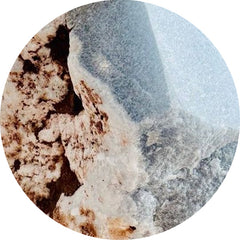 ARISTOLITE (0)
ARISTOLITE (0)
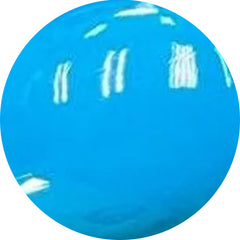 ARIZONA TURQUOISE (0)
ARIZONA TURQUOISE (0)
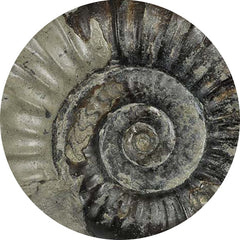 ARNIOCERAS SEMICOSTATUM FOSSIL (0)
ARNIOCERAS SEMICOSTATUM FOSSIL (0)
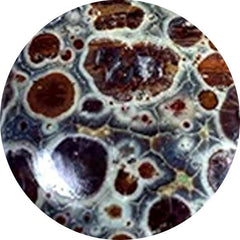 ASTEROID JASPER (11)
ASTEROID JASPER (11)
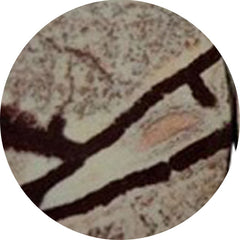 ASTROPHYLLITE (57)
ASTROPHYLLITE (57)
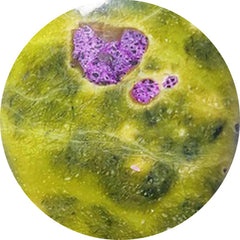 ATLANTASITE (92)
ATLANTASITE (92)
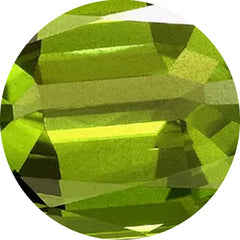 AUGUST BIRTHSTONE (24)
AUGUST BIRTHSTONE (24)
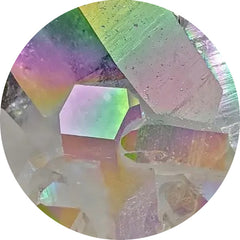 AURA QUARTZ (0)
AURA QUARTZ (0)
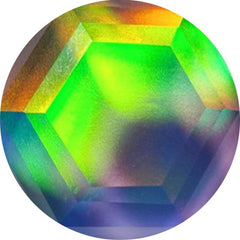 AURORA OPAL (274)
AURORA OPAL (274)
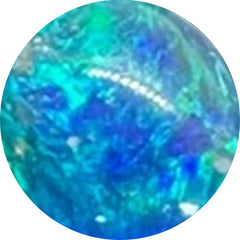 AUSTRALIAN OPAL (7)
AUSTRALIAN OPAL (7)
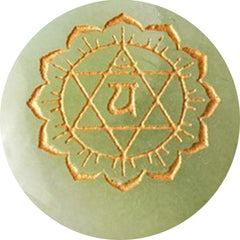 AVENTURINE (70)
AVENTURINE (70)
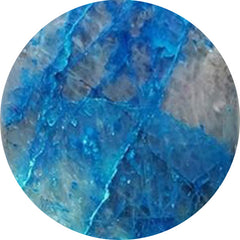 AZURITE (285)
AZURITE (285)
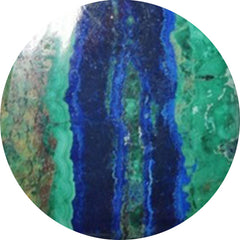 AZURITE MALACHITE (27)
AZURITE MALACHITE (27)
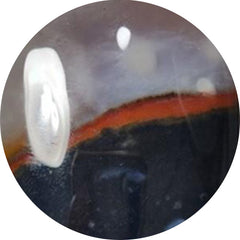 BANDED AGATE (85)
BANDED AGATE (85)
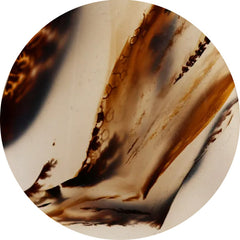 BARBER AGATE (0)
BARBER AGATE (0)
 BARITE (13)
BARITE (13)
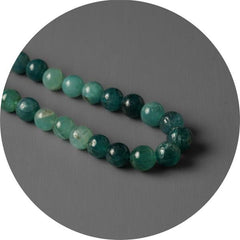 Beads (56)
Beads (56)
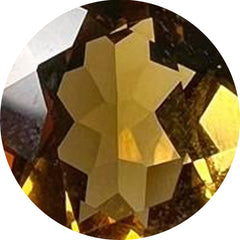 BEER QUARTZ (24)
BEER QUARTZ (24)
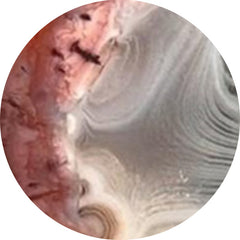 BERBER AGATE (5)
BERBER AGATE (5)
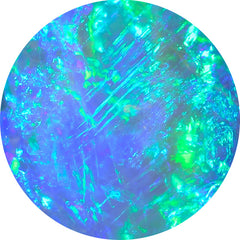 Best Seller (0)
Best Seller (0)
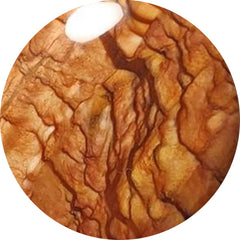 BIGGS JASPER (34)
BIGGS JASPER (34)
 Bird Carving (91)
Bird Carving (91)
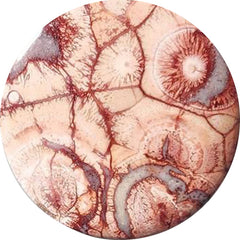 BIRD EYE JASPER (50)
BIRD EYE JASPER (50)
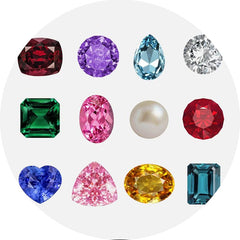 Birthstones (0)
Birthstones (0)
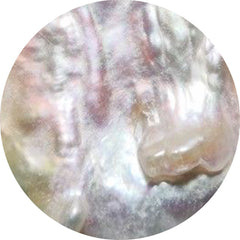 BIWA PEARL (37)
BIWA PEARL (37)
 Black Gemstones (957)
Black Gemstones (957)
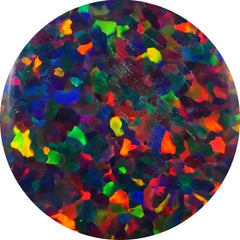 BLACK OPAL (35)
BLACK OPAL (35)
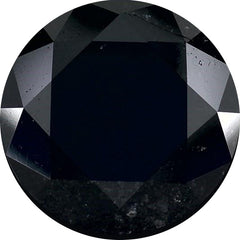 BLACK SPINEL (23)
BLACK SPINEL (23)
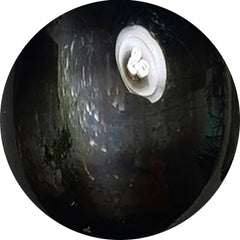 BLACK STAR (32)
BLACK STAR (32)
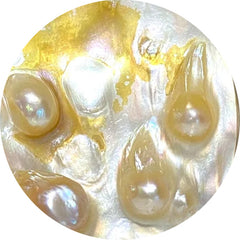 BLISTER PEARL (32)
BLISTER PEARL (32)
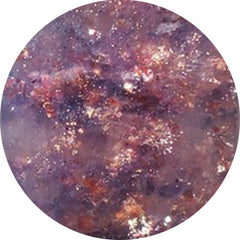 BLOODSHOT IOLITE (77)
BLOODSHOT IOLITE (77)
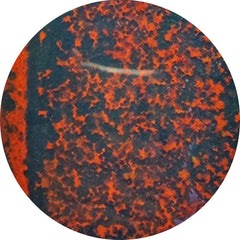 BLOODSTONE (71)
BLOODSTONE (71)
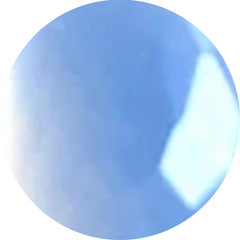 BLUE CHALCEDONY (44)
BLUE CHALCEDONY (44)
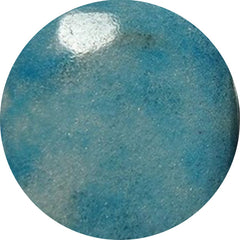 BLUE DIOPSIDE (0)
BLUE DIOPSIDE (0)
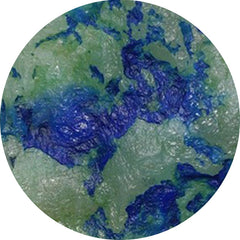 BLUE HORIZON (15)
BLUE HORIZON (15)
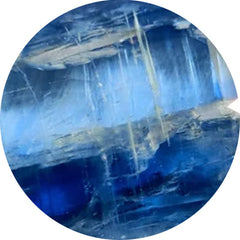 BLUE KYANITE (41)
BLUE KYANITE (41)
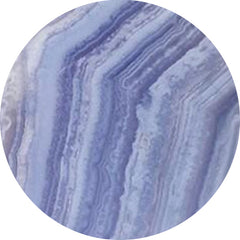 BLUE LACE AGATE (266)
BLUE LACE AGATE (266)
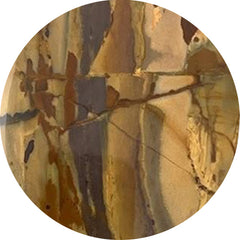 BLUE MOUNTAIN JASPER (0)
BLUE MOUNTAIN JASPER (0)
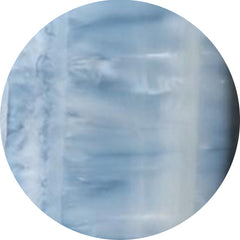 BLUE OPAL (169)
BLUE OPAL (169)
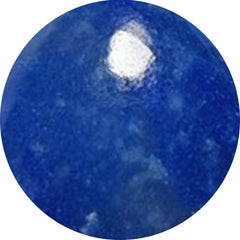 BLUE QUARTZ (40)
BLUE QUARTZ (40)
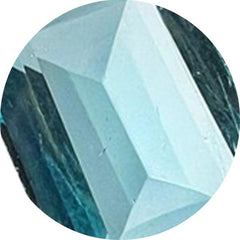 BLUE TOPAZ (65)
BLUE TOPAZ (65)
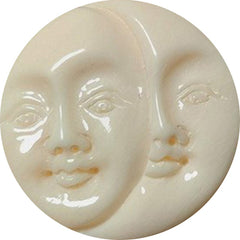 BONE (24)
BONE (24)
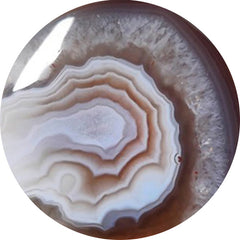 BOTSWANA AGATE (251)
BOTSWANA AGATE (251)
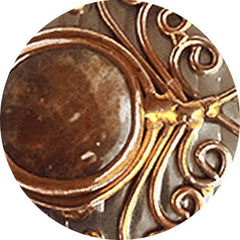 BRONZE (0)
BRONZE (0)
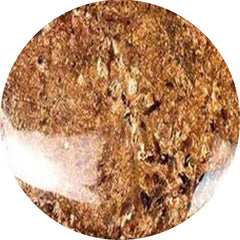 BRONZITE (2)
BRONZITE (2)
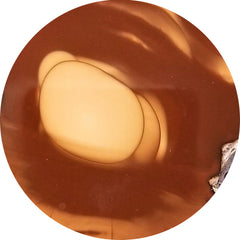 BRUNEAU JASPER (15)
BRUNEAU JASPER (15)
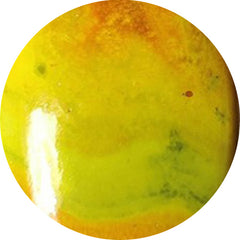 BUMBLE BEE JASPER (211)
BUMBLE BEE JASPER (211)
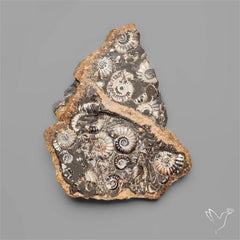 Buy Gemstones In USA (583)
Buy Gemstones In USA (583)
 Cabochon (0)
Cabochon (0)
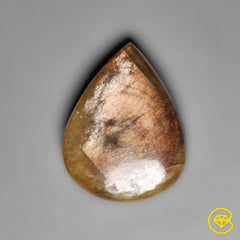 Cabochons (13153)
Cabochons (13153)
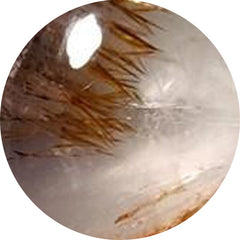 CACOXENITE (67)
CACOXENITE (67)
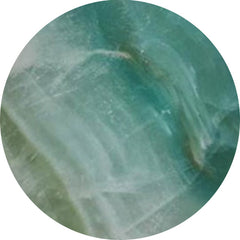 CALCITE (190)
CALCITE (190)
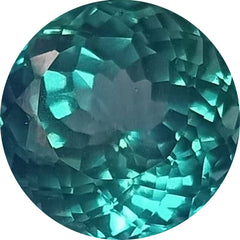 Calibrated (153)
Calibrated (153)
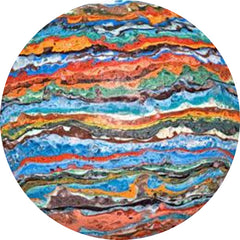 CALSILICA (0)
CALSILICA (0)
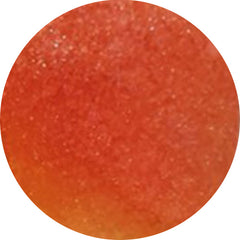 CANDY CORN (6)
CANDY CORN (6)
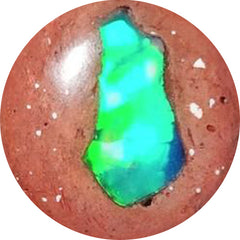 CANTERA OPAL (18)
CANTERA OPAL (18)
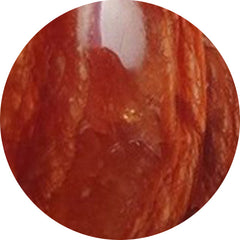 CARAMEL OPAL (3)
CARAMEL OPAL (3)
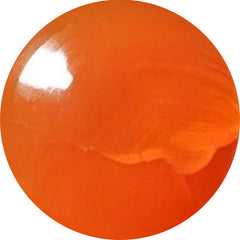 CARNELIAN AGATE (64)
CARNELIAN AGATE (64)
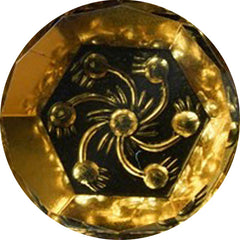 CARVING (1834)
CARVING (1834)
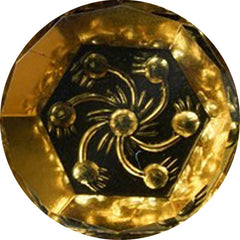 Carvings (2081)
Carvings (2081)
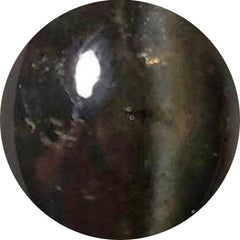 CATS EYE (65)
CATS EYE (65)
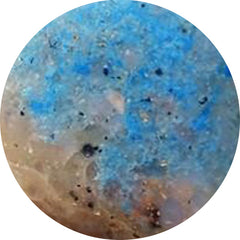 CAVANSITE (16)
CAVANSITE (16)
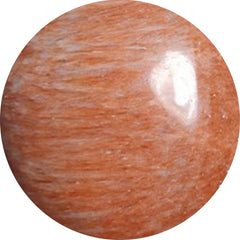 CELESTOBARITE (7)
CELESTOBARITE (7)
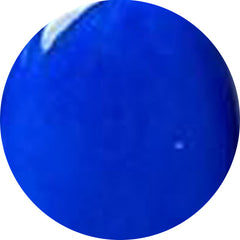 CERULEITE (0)
CERULEITE (0)
 CHAKRA STONE (1)
CHAKRA STONE (1)
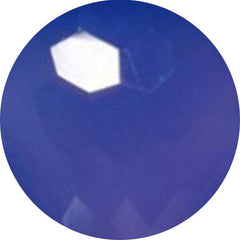 CHALCEDONY (478)
CHALCEDONY (478)
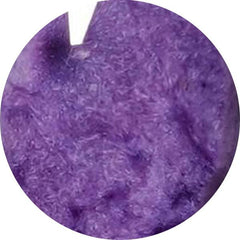 CHAROITE (190)
CHAROITE (190)
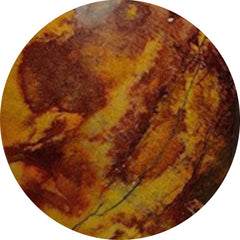 CHERRY CREEK JASPER (10)
CHERRY CREEK JASPER (10)
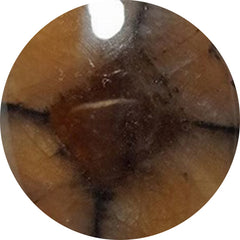 CHIASTOLITE (19)
CHIASTOLITE (19)
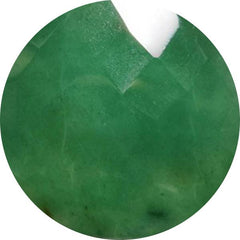 CHROME CHALCEDONY (80)
CHROME CHALCEDONY (80)
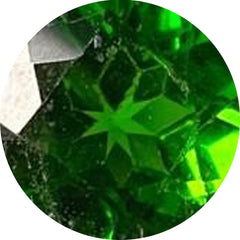 CHROME DIOPSIDE (23)
CHROME DIOPSIDE (23)
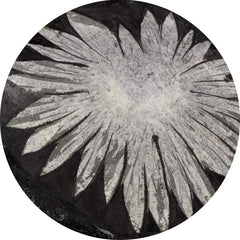 CHRYSANTHEMUM FOSSIL (0)
CHRYSANTHEMUM FOSSIL (0)
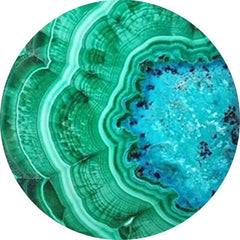 CHRYSOCOLLA (383)
CHRYSOCOLLA (383)
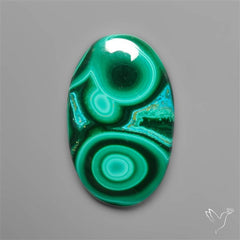 Chrysocolla Malachite (78)
Chrysocolla Malachite (78)
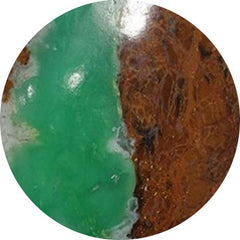 CHRYSOPRASE (286)
CHRYSOPRASE (286)
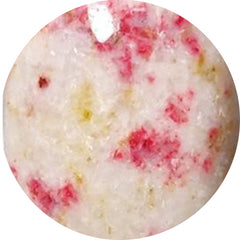 CINNABAR (20)
CINNABAR (20)
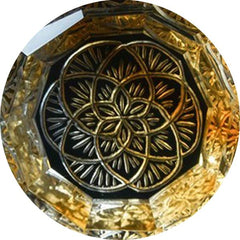 CITRINE (94)
CITRINE (94)
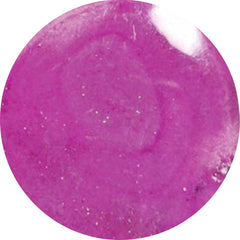 COBALTO CALCITE (67)
COBALTO CALCITE (67)
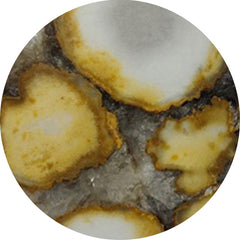 COBRA JASPER (30)
COBRA JASPER (30)
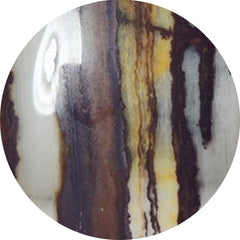 COCONUT JASPER (2)
COCONUT JASPER (2)
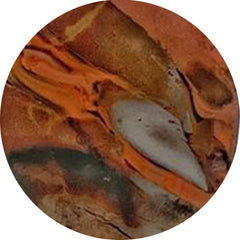 COFFEE BEAN JASPER (2)
COFFEE BEAN JASPER (2)
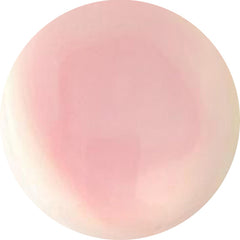 CONCH SHELL (9)
CONCH SHELL (9)
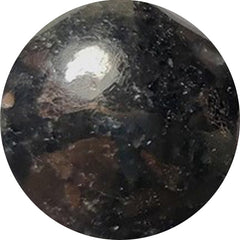 COPPERNITE (0)
COPPERNITE (0)
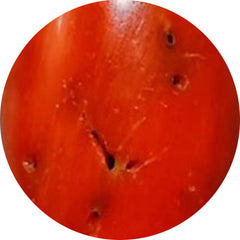 CORAL (349)
CORAL (349)
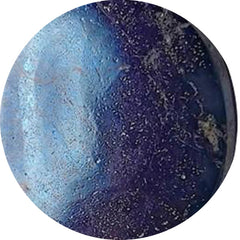 COVELLITE (8)
COVELLITE (8)
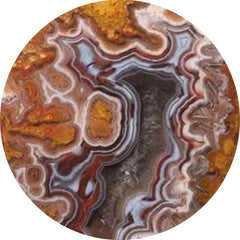 CRAZY LACE AGATE (193)
CRAZY LACE AGATE (193)
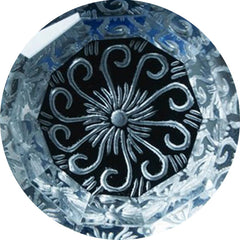 CRYSTAL (222)
CRYSTAL (222)
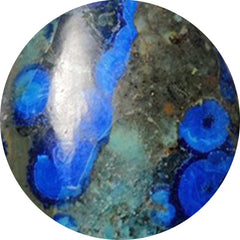 CUPRITE (32)
CUPRITE (32)
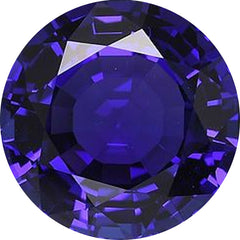 DECEMBER BIRTHSTONE (65)
DECEMBER BIRTHSTONE (65)
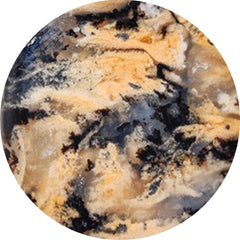 DENDRITIC AGATE (488)
DENDRITIC AGATE (488)
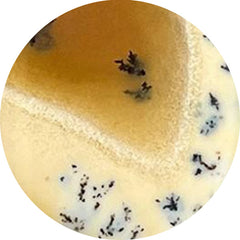 DENDRITIC OPAL (83)
DENDRITIC OPAL (83)
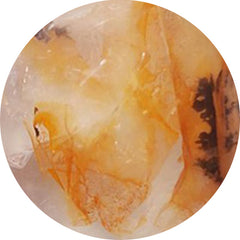 DENDRITIC QUARTZ (2)
DENDRITIC QUARTZ (2)
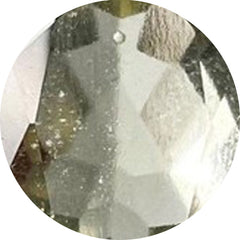 DESERT GLASS (9)
DESERT GLASS (9)
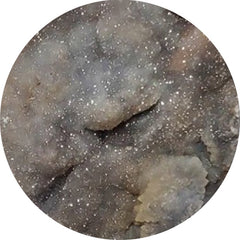 DESERT JASPER DRUZY (14)
DESERT JASPER DRUZY (14)
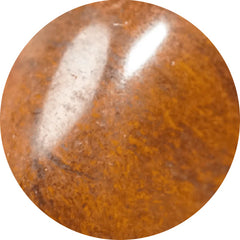 DESERT SUNSET JASPER (9)
DESERT SUNSET JASPER (9)
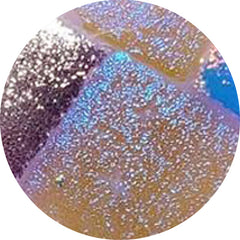 DICHROIC GLASS (144)
DICHROIC GLASS (144)
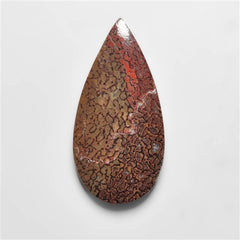 DINOSAUR BONE FOSSIL (15)
DINOSAUR BONE FOSSIL (15)
 DIOPSIDE (57)
DIOPSIDE (57)
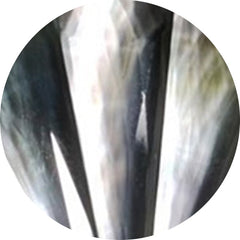 Doublets (845)
Doublets (845)
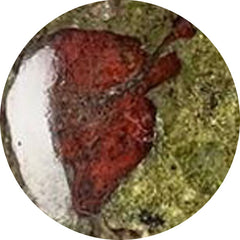 DRAGONBLOOD JASPER (1)
DRAGONBLOOD JASPER (1)
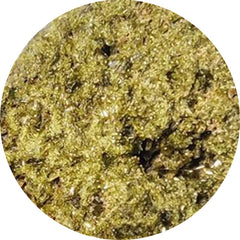 DRUZY (404)
DRUZY (404)
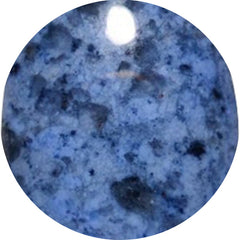 DUMORTIERITE (62)
DUMORTIERITE (62)
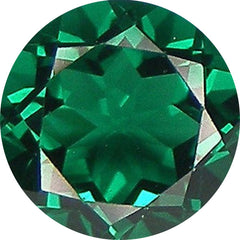 EMERALD (66)
EMERALD (66)
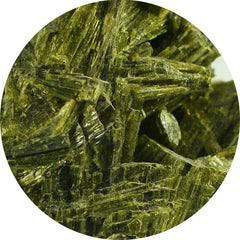 EPIDOTE (10)
EPIDOTE (10)
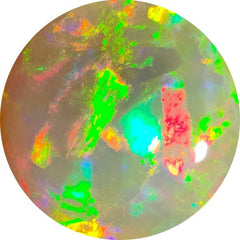 ETHIOPIAN OPAL (43)
ETHIOPIAN OPAL (43)
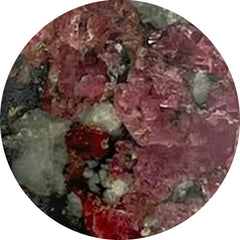 EUDIALYTE (18)
EUDIALYTE (18)
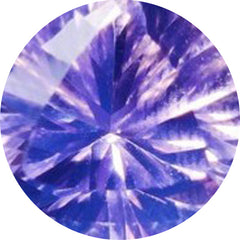 FACETED ROSE CUT (2030)
FACETED ROSE CUT (2030)
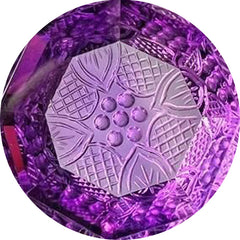 FANTASY CUTS (54)
FANTASY CUTS (54)
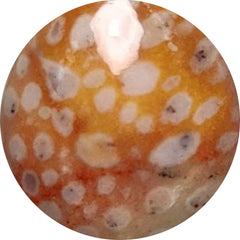 FAWN JASPER (14)
FAWN JASPER (14)
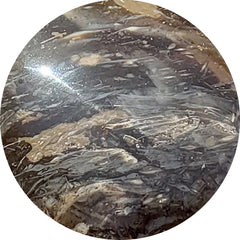 FEATHER AGATE (0)
FEATHER AGATE (0)
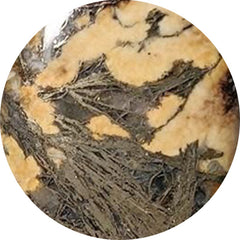 FEATHER PYRITE (38)
FEATHER PYRITE (38)
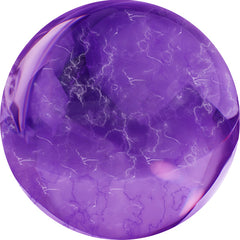 FEBRUARY BIRTHSTONE (558)
FEBRUARY BIRTHSTONE (558)
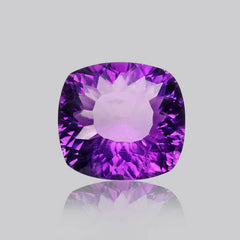 Fine Amethyst (27)
Fine Amethyst (27)
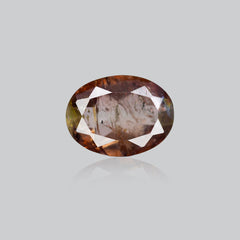 Fine Andalusite (1)
Fine Andalusite (1)
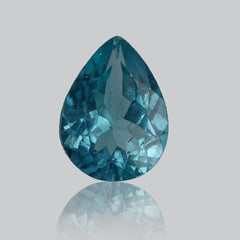 Fine Apatite (7)
Fine Apatite (7)
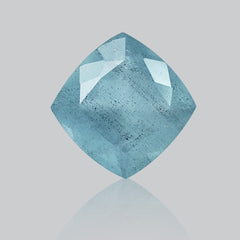 Fine Aquamarine (10)
Fine Aquamarine (10)
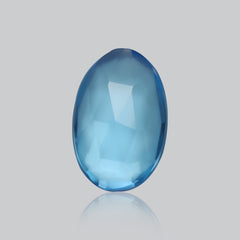 Fine Blue Topaz (42)
Fine Blue Topaz (42)
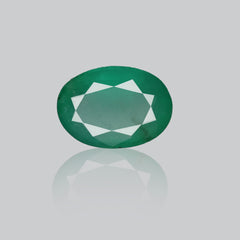 Fine Emerald (13)
Fine Emerald (13)
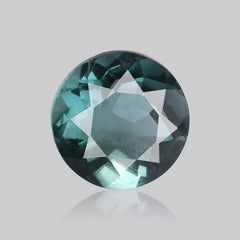 Fine Fluorite (12)
Fine Fluorite (12)
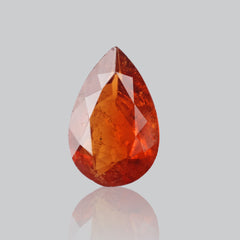 Fine Garnet (27)
Fine Garnet (27)
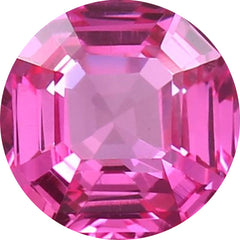 Fine Gemstone (0)
Fine Gemstone (0)
 Fine Iolite (10)
Fine Iolite (10)
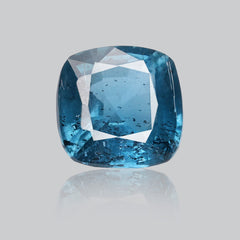 Fine Kyanite (30)
Fine Kyanite (30)
 Fine Moonstone (12)
Fine Moonstone (12)
 Fine Peridot (21)
Fine Peridot (21)
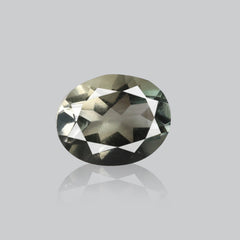 Fine Prasiolite (27)
Fine Prasiolite (27)
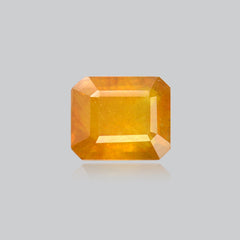 Fine Sapphire (1)
Fine Sapphire (1)
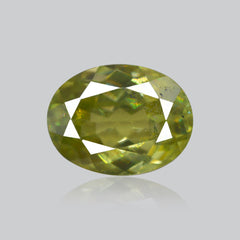 Fine Sphene (17)
Fine Sphene (17)
 Fine Sunstone (5)
Fine Sunstone (5)
 Fine Tanzanite (27)
Fine Tanzanite (27)
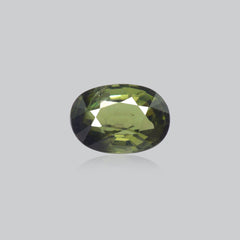 Fine Tourmaline (4)
Fine Tourmaline (4)
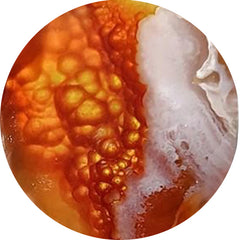 FIRE AGATE (7)
FIRE AGATE (7)
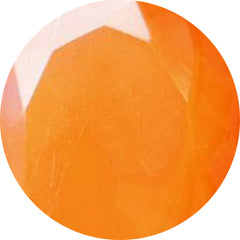 FIRE OPALS (8)
FIRE OPALS (8)
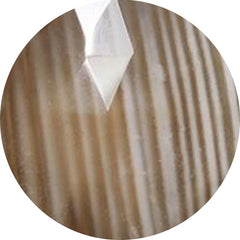 FLINT STONE (10)
FLINT STONE (10)
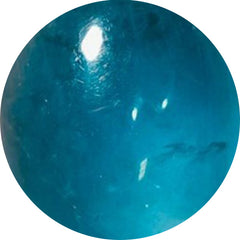 FLUORITE (186)
FLUORITE (186)
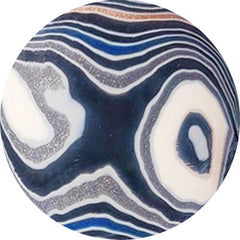 FORDITE (58)
FORDITE (58)
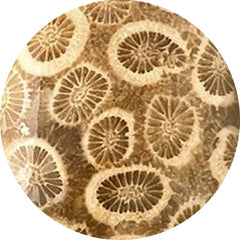 FOSSIL CORAL (301)
FOSSIL CORAL (301)
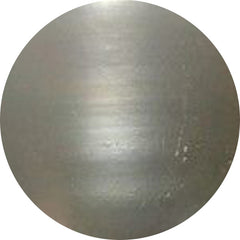 FOSSIL MARSTON MARBLE (24)
FOSSIL MARSTON MARBLE (24)
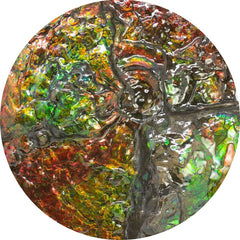 Fossils (538)
Fossils (538)
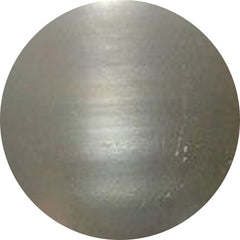 FRESHWATER PEARL (23)
FRESHWATER PEARL (23)
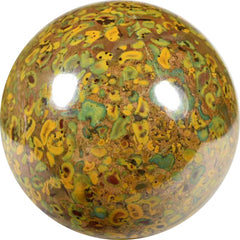 FRUIT JASPER (14)
FRUIT JASPER (14)
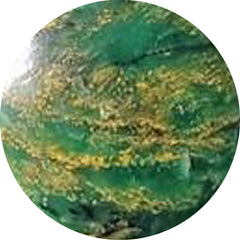 FUCHSITE (7)
FUCHSITE (7)
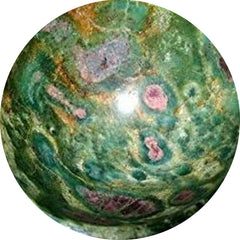 FUSCHITE (11)
FUSCHITE (11)
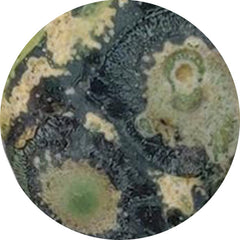 GALAXY JASPER (3)
GALAXY JASPER (3)
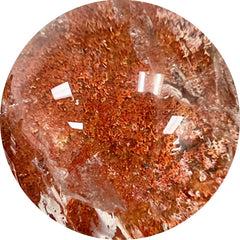 GARDEN QUARTZ (6)
GARDEN QUARTZ (6)
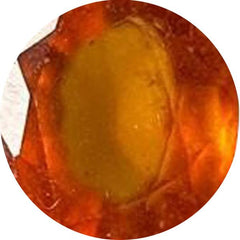 GARNET (121)
GARNET (121)
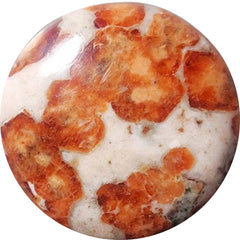 GARNET IN LIMESTONE (36)
GARNET IN LIMESTONE (36)
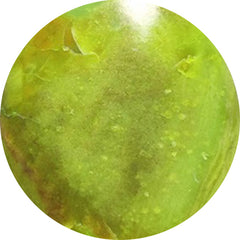 GASPEITE (22)
GASPEITE (22)
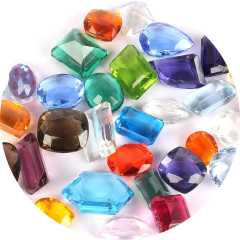 GEMSTONE LOTS (461)
GEMSTONE LOTS (461)
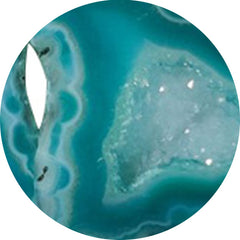 GEODE (17)
GEODE (17)
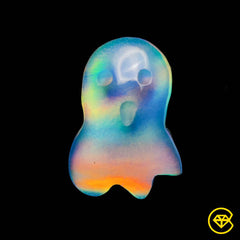 Ghost carving (66)
Ghost carving (66)
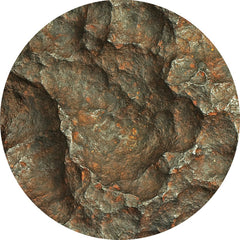 GIBEON METEORITE (29)
GIBEON METEORITE (29)
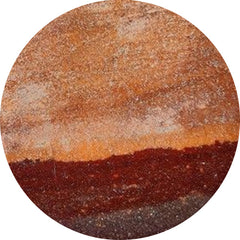 GILA MONSTER AGATE (16)
GILA MONSTER AGATE (16)
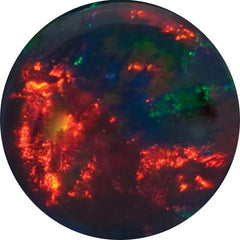 GILSON OPAL (23)
GILSON OPAL (23)
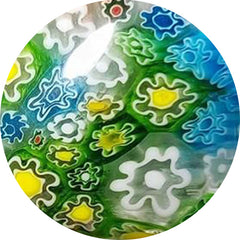 GLASS (163)
GLASS (163)
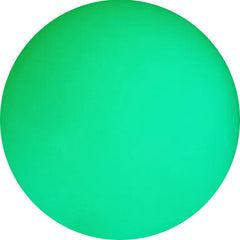 GLOW STONE (15)
GLOW STONE (15)
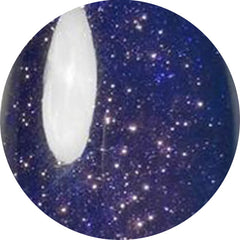 GOLDSTONE (36)
GOLDSTONE (36)
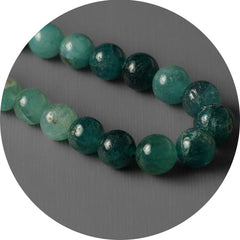 GRANDIDIERITE (8)
GRANDIDIERITE (8)
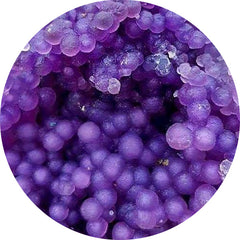 GRAPE AGATE (114)
GRAPE AGATE (114)
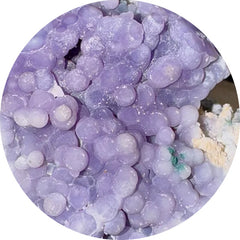 GRAPE CHALCEDONY (4)
GRAPE CHALCEDONY (4)
 Green Gemstones (421)
Green Gemstones (421)
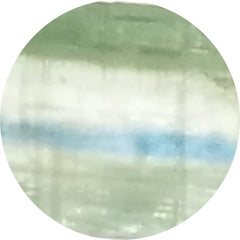 GREEN KYANITE (12)
GREEN KYANITE (12)
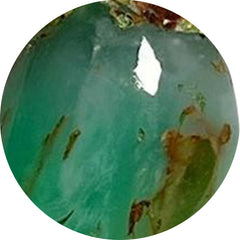 GREEN PRASE OPAL (12)
GREEN PRASE OPAL (12)
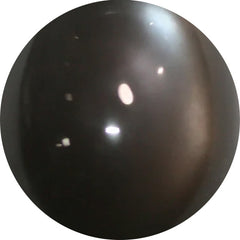 GREY MOONSTONE (31)
GREY MOONSTONE (31)
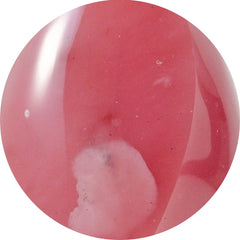 GUAVA QUARTZ (9)
GUAVA QUARTZ (9)
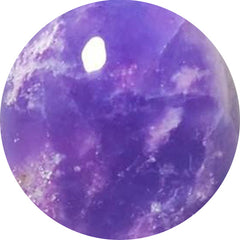 HACKMANITE (12)
HACKMANITE (12)
 HEART CARVING (345)
HEART CARVING (345)
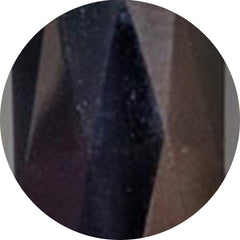 HEMATITE (37)
HEMATITE (37)
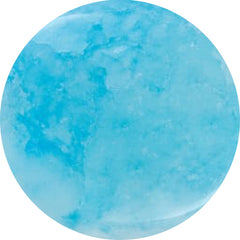 HEMIMORPHITE (55)
HEMIMORPHITE (55)
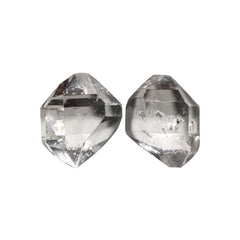 Herkimer Diamond (42)
Herkimer Diamond (42)
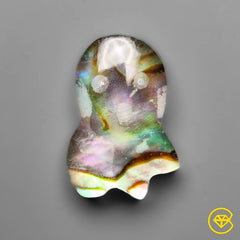 Himalayan Quartz (462)
Himalayan Quartz (462)
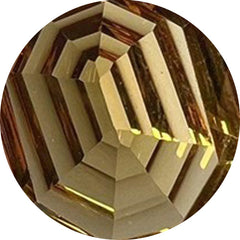 HONEY QUARTZ (20)
HONEY QUARTZ (20)
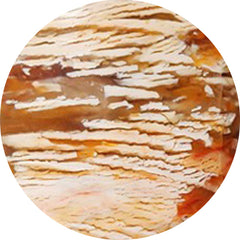 HOWARDITE OPAL (29)
HOWARDITE OPAL (29)
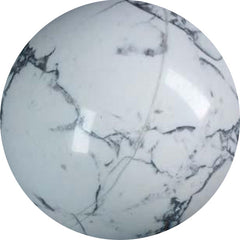 HOWLITE (4)
HOWLITE (4)
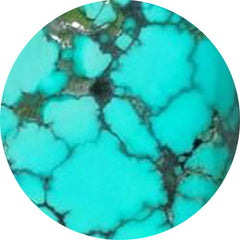 HUBEI TURQUOISE (64)
HUBEI TURQUOISE (64)
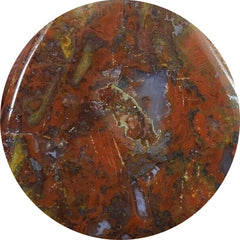 HUNGARIAN AGATE (1)
HUNGARIAN AGATE (1)
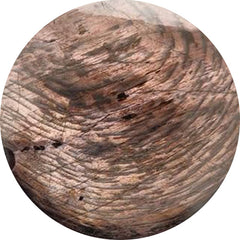 HYPERSTHENE (46)
HYPERSTHENE (46)
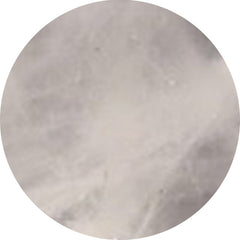 ICE QUARTZ (0)
ICE QUARTZ (0)
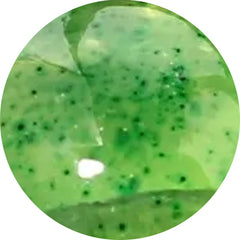 IDOCRASE (1)
IDOCRASE (1)
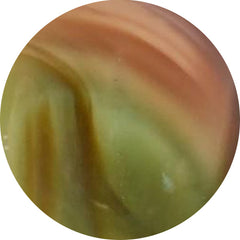 IMPERIAL JASPER (82)
IMPERIAL JASPER (82)
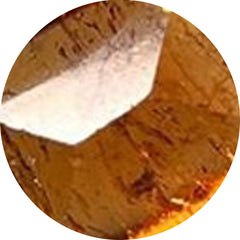 IMPERIAL TOPAZ (0)
IMPERIAL TOPAZ (0)
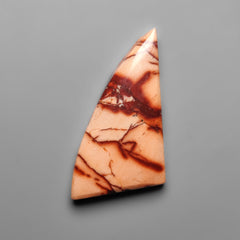 INDIAN PAINT STONE (5)
INDIAN PAINT STONE (5)
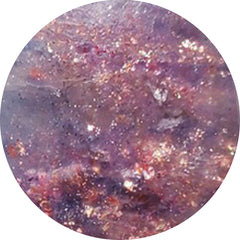 IOLITE (142)
IOLITE (142)
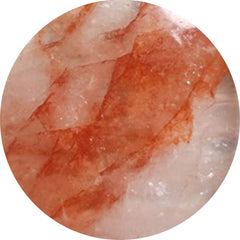 IRON QUARTZ (52)
IRON QUARTZ (52)
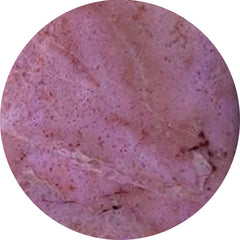 JADE (37)
JADE (37)
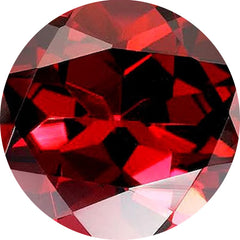 JANUARY BIRTHSTONE (121)
JANUARY BIRTHSTONE (121)
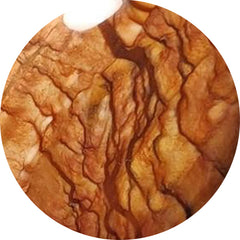 JASPERS (42)
JASPERS (42)
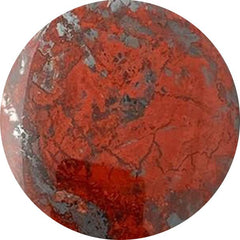 JASPILLITE (5)
JASPILLITE (5)
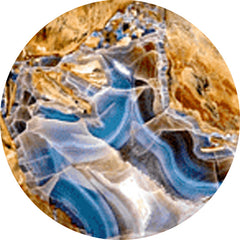 JAVA CHALCEDONY (16)
JAVA CHALCEDONY (16)
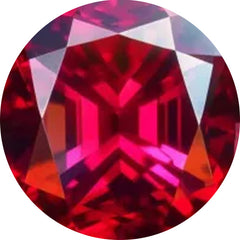 JULY BIRTHSTONE (187)
JULY BIRTHSTONE (187)
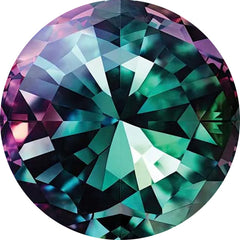 June Birthstones: Moonstone, Pearl, and Alexandrite (639)
June Birthstones: Moonstone, Pearl, and Alexandrite (639)
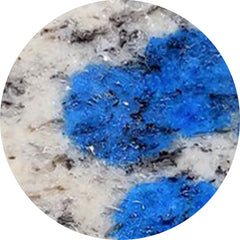 K2 JASPER (9)
K2 JASPER (9)
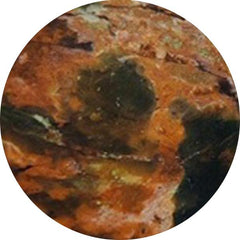 KALEIDOSCOPE AGATE (0)
KALEIDOSCOPE AGATE (0)
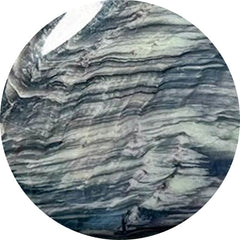 KAMMERERITE (108)
KAMMERERITE (108)
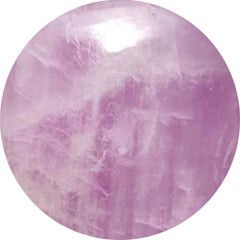 KUNZITE (7)
KUNZITE (7)
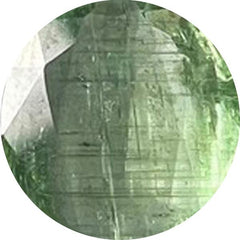 KYANITE (100)
KYANITE (100)
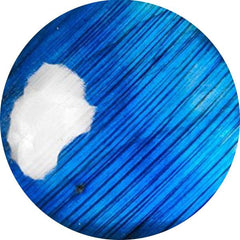 LABRADORITE (273)
LABRADORITE (273)
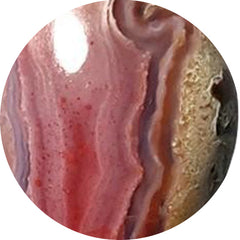 LAGUNA LACE AGATE (61)
LAGUNA LACE AGATE (61)
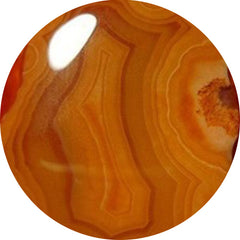 LAKE SUPERIOR AGATE (27)
LAKE SUPERIOR AGATE (27)
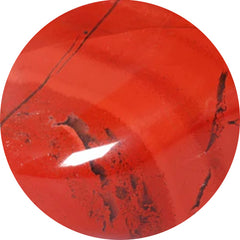 LANDSCAPE JASPER (0)
LANDSCAPE JASPER (0)
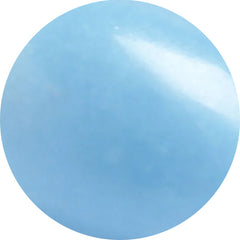 LANGITE (0)
LANGITE (0)
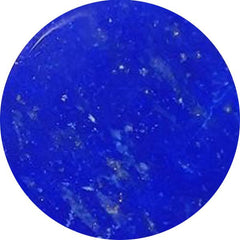 LAPIS LAZULI (177)
LAPIS LAZULI (177)
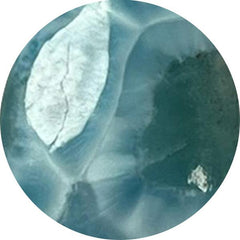 LARIMAR (103)
LARIMAR (103)
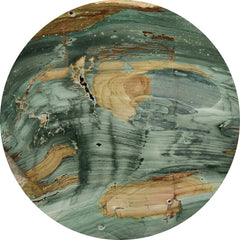 LARSONITE (19)
LARSONITE (19)
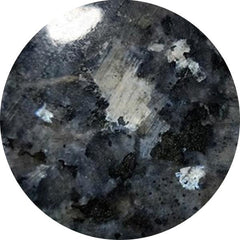 LARVIKITE FELDSPAR (46)
LARVIKITE FELDSPAR (46)
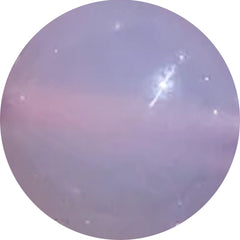 LAVENDER CHALCEDONY (29)
LAVENDER CHALCEDONY (29)
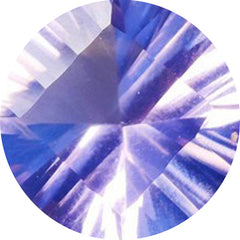 LAVENDER QUARTZ (5)
LAVENDER QUARTZ (5)
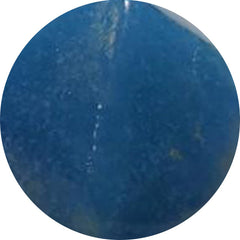 LAZULITE (8)
LAZULITE (8)
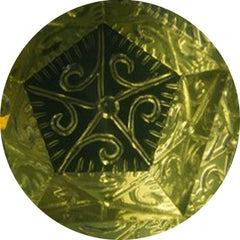 LEMON QUARTZ (45)
LEMON QUARTZ (45)
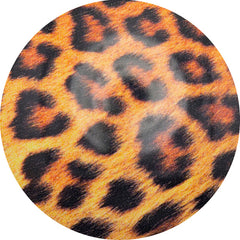 LEOPARD SKIN SHELL (0)
LEOPARD SKIN SHELL (0)
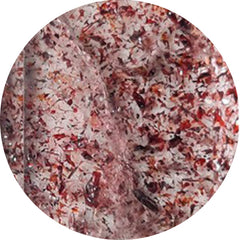 LEPIDOCROCITE (8)
LEPIDOCROCITE (8)
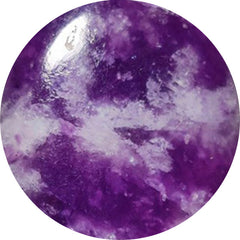 LEPIDOLITE (84)
LEPIDOLITE (84)
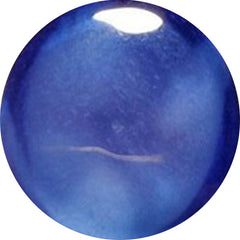 LINDY STAR SAPPHIRE (0)
LINDY STAR SAPPHIRE (0)
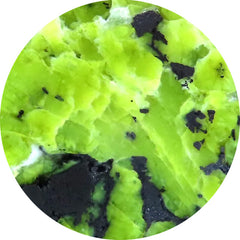 LIZARDITE (59)
LIZARDITE (59)
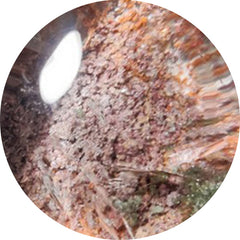 LODOLITE (95)
LODOLITE (95)
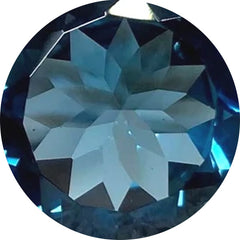 LONDON BLUE TOPAZ (22)
LONDON BLUE TOPAZ (22)
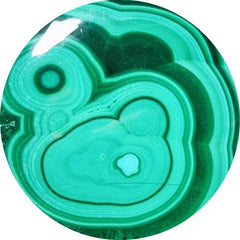 MALACHITE (611)
MALACHITE (611)
 Malawi Moonstone (15)
Malawi Moonstone (15)
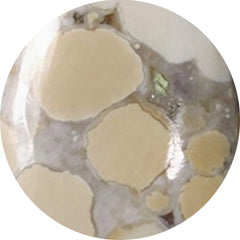 MALIGANO JASPER (73)
MALIGANO JASPER (73)
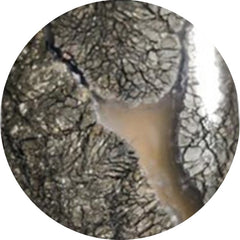 MARCASITE (28)
MARCASITE (28)
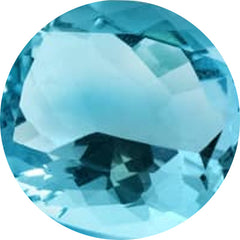 MARCH BIRTHSTONE (103)
MARCH BIRTHSTONE (103)
 Marquise Shape Gemstones (7)
Marquise Shape Gemstones (7)
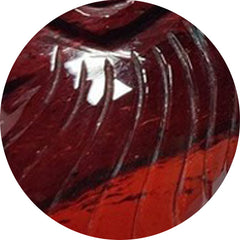 MARY ELLEN JASPER (0)
MARY ELLEN JASPER (0)
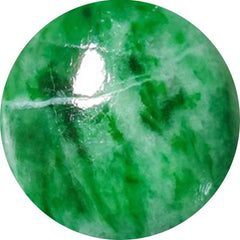 MAW SIT SIT (19)
MAW SIT SIT (19)
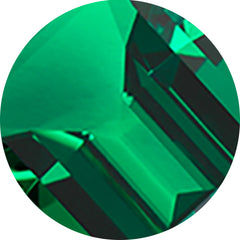 MAY BIRTHSTONE (66)
MAY BIRTHSTONE (66)
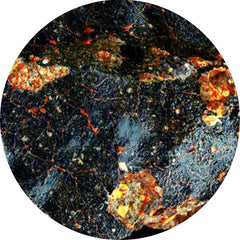 METEORITE (29)
METEORITE (29)
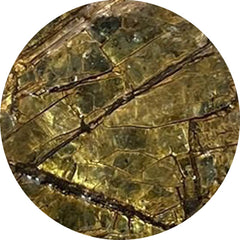 MICA (45)
MICA (45)
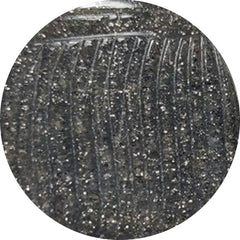 MIDNIGHT QUARTZITE (21)
MIDNIGHT QUARTZITE (21)
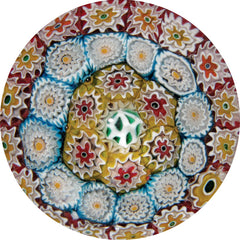 MILLEFIORI GLASS (2)
MILLEFIORI GLASS (2)
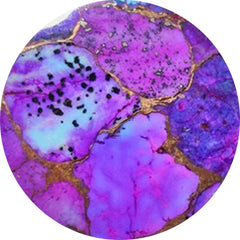 MOHAVE TURQUOISE (83)
MOHAVE TURQUOISE (83)
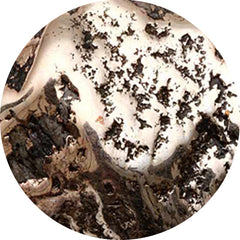 MOHAWKITES (0)
MOHAWKITES (0)
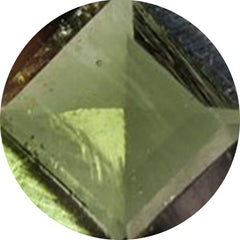 MOLDAVITE (27)
MOLDAVITE (27)
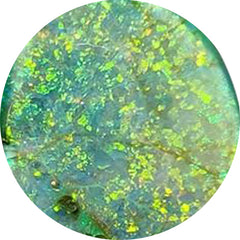 MONARCH OPAL (10)
MONARCH OPAL (10)
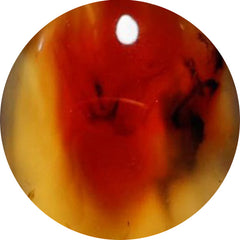 MONTANA AGATE (98)
MONTANA AGATE (98)
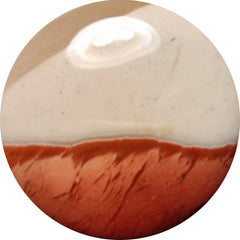 MOOKAITE (39)
MOOKAITE (39)
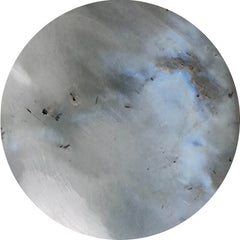 MOONSTONE (285)
MOONSTONE (285)
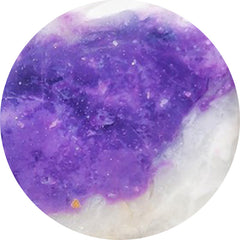 MORADO OPAL (1)
MORADO OPAL (1)
 Morenci Turquoise (0)
Morenci Turquoise (0)
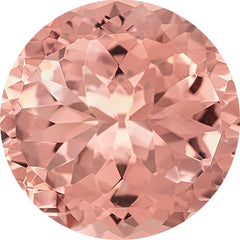 MORGANITE (0)
MORGANITE (0)
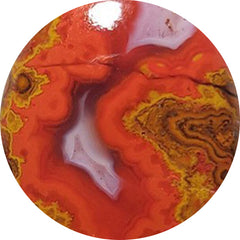 MOROCCAN SEAM AGATE (109)
MOROCCAN SEAM AGATE (109)
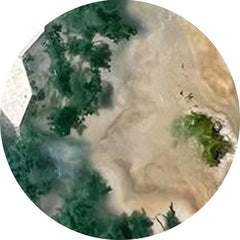 MOSS AGATE (415)
MOSS AGATE (415)
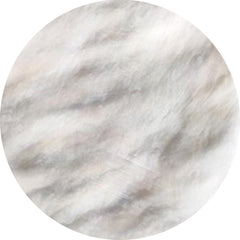 MOTHER OF PEARL (505)
MOTHER OF PEARL (505)
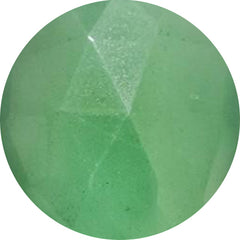 MTOROLITE (46)
MTOROLITE (46)
 Mughal Carving (526)
Mughal Carving (526)
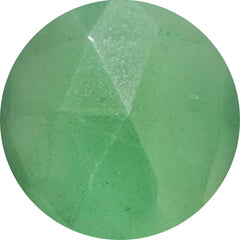 MUSCOVITE (21)
MUSCOVITE (21)
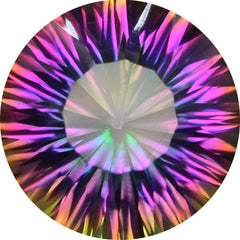 MYSTIC QUARTZ (1)
MYSTIC QUARTZ (1)
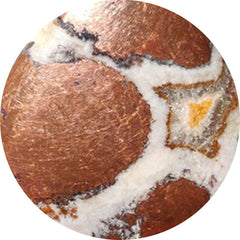 NATIVE COPPER (35)
NATIVE COPPER (35)
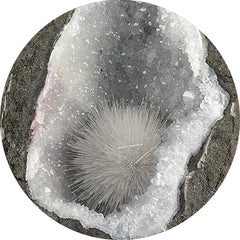 NATROLITE (27)
NATROLITE (27)
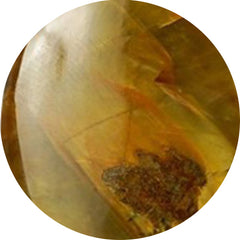 NELLITE (8)
NELLITE (8)
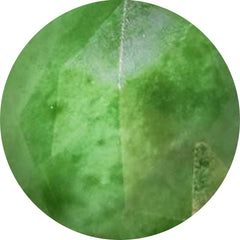 NEPHRITE JADE (4)
NEPHRITE JADE (4)
 New Arrivals (434)
New Arrivals (434)
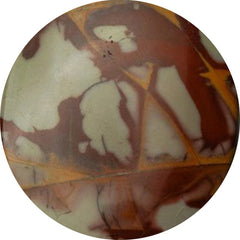 NOREENA JASPER (33)
NOREENA JASPER (33)
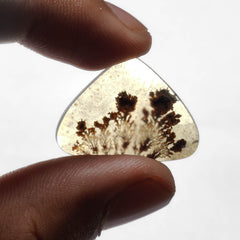 NOVEMBER BIRTHSTONE (93)
NOVEMBER BIRTHSTONE (93)
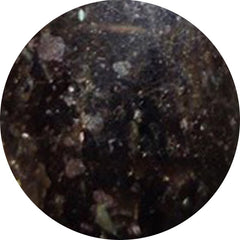 NUUMMITE (0)
NUUMMITE (0)
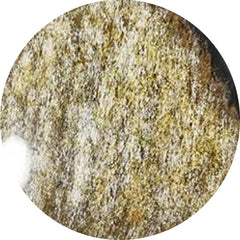 OBSIDIAN (371)
OBSIDIAN (371)
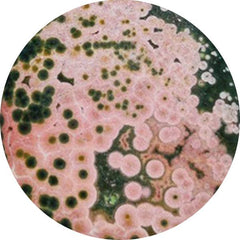 OCEAN JASPER (289)
OCEAN JASPER (289)
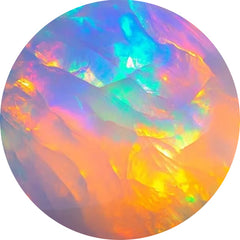 OCTOBER BIRTHSTONE (174)
OCTOBER BIRTHSTONE (174)
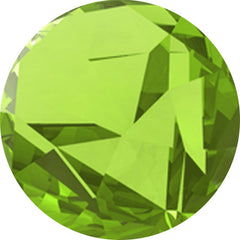 OLIVE QUARTZ (6)
OLIVE QUARTZ (6)
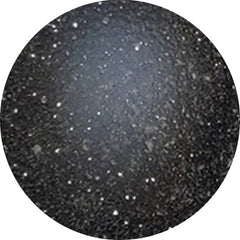 ONYX (294)
ONYX (294)
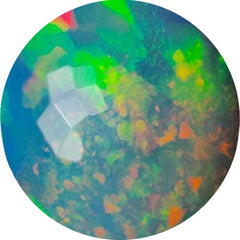 Opal (1041)
Opal (1041)
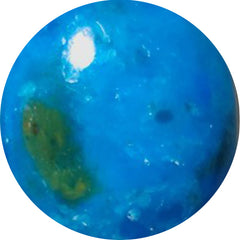 OPALINA (11)
OPALINA (11)
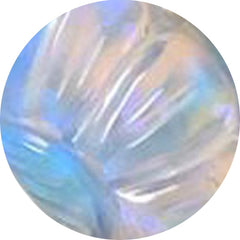 OPALITE (27)
OPALITE (27)
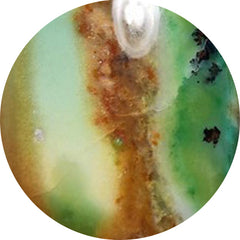 OPALWOOD (5)
OPALWOOD (5)
 Orange Gemstones (326)
Orange Gemstones (326)
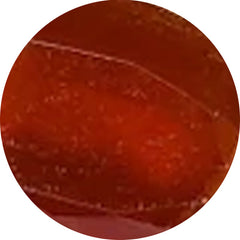 ORANGE KYANITE (3)
ORANGE KYANITE (3)
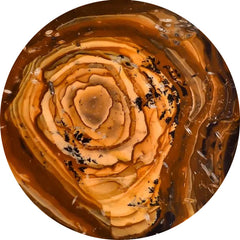 OREGON JASPER (7)
OREGON JASPER (7)
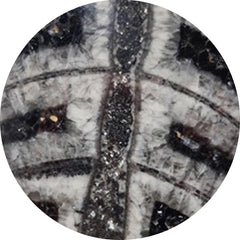 ORTHOCERAS FOSSIL (42)
ORTHOCERAS FOSSIL (42)
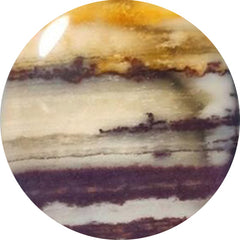 OUTBACK JASPER (5)
OUTBACK JASPER (5)
 Oval Shape Gemstones (10)
Oval Shape Gemstones (10)
 OVER $50 (193)
OVER $50 (193)
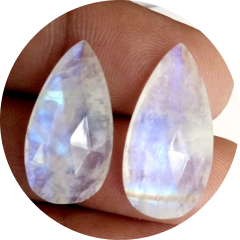 Pairs (1093)
Pairs (1093)
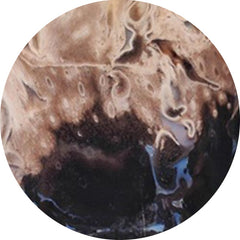 PALMROOT AGATE (62)
PALMROOT AGATE (62)
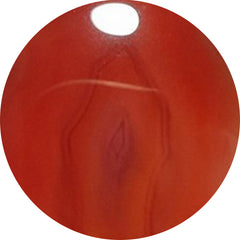 PASSION AGATE (1)
PASSION AGATE (1)
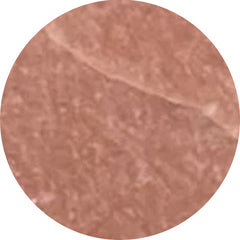 PEACH MOONSTONE (50)
PEACH MOONSTONE (50)
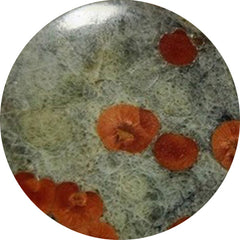 PEANUT OBSIDIAN (45)
PEANUT OBSIDIAN (45)
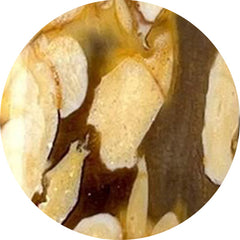 PEANUT WOOD JASPER (91)
PEANUT WOOD JASPER (91)
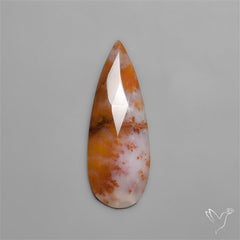 Pear Shape Gemstones (12)
Pear Shape Gemstones (12)
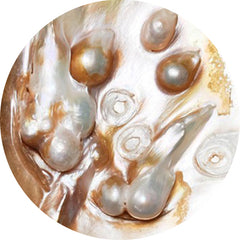 PEARL (639)
PEARL (639)
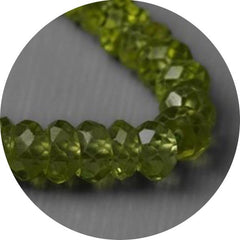 PERIDOT (24)
PERIDOT (24)
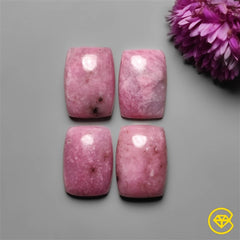 PETALITE (23)
PETALITE (23)
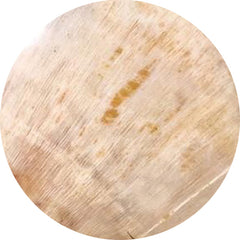 PETRIFIED WOOD (49)
PETRIFIED WOOD (49)
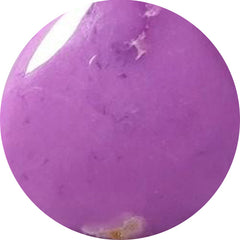 PHOSPHOSIDERITE (96)
PHOSPHOSIDERITE (96)
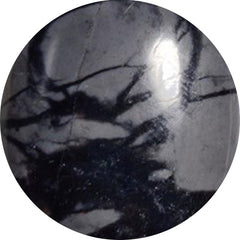 PICASSO JASPER (76)
PICASSO JASPER (76)
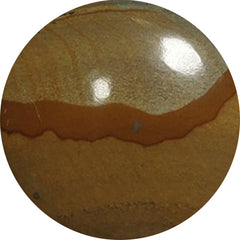 PICTURE JASPER (76)
PICTURE JASPER (76)
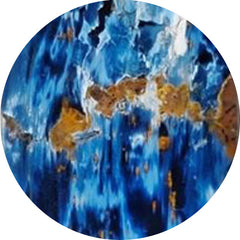 PIETERSITE (65)
PIETERSITE (65)
 Pink Gemstones (421)
Pink Gemstones (421)
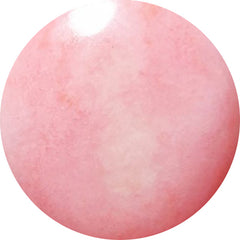 PINK OPAL (156)
PINK OPAL (156)
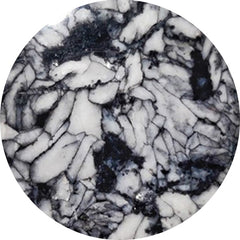 PINOLITH (38)
PINOLITH (38)
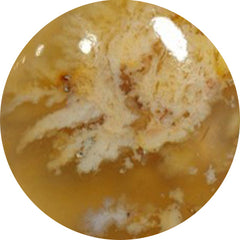 PLUME AGATE (98)
PLUME AGATE (98)
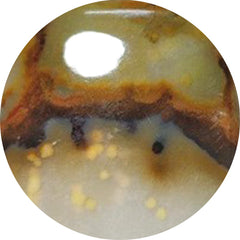 POLKA DOT AGATE (41)
POLKA DOT AGATE (41)
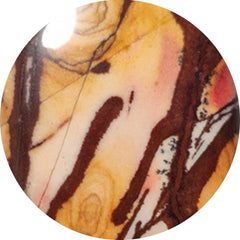 POLYCHROME JASPER (48)
POLYCHROME JASPER (48)
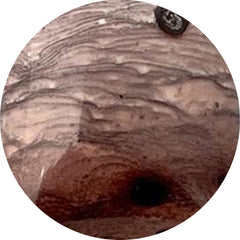 PORCELAIN JASPER (33)
PORCELAIN JASPER (33)
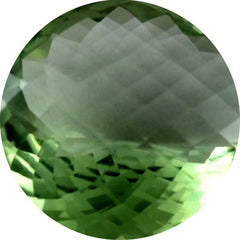 PRASIOLITE (48)
PRASIOLITE (48)
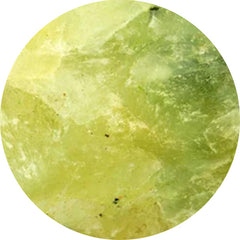 PREHNITE (24)
PREHNITE (24)
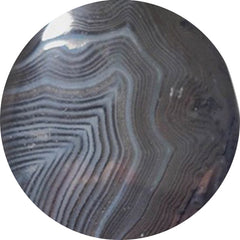 PSILOMELANE (24)
PSILOMELANE (24)
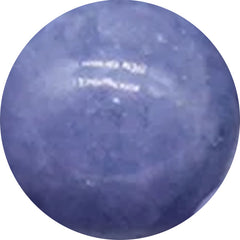 PURPLE CHALCEDONY (45)
PURPLE CHALCEDONY (45)
 Purple Gemstones (935)
Purple Gemstones (935)
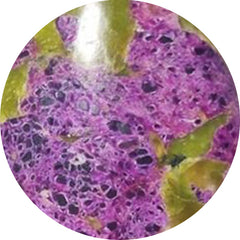 PURPURITE (9)
PURPURITE (9)
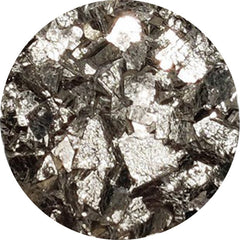 PYRITE (135)
PYRITE (135)
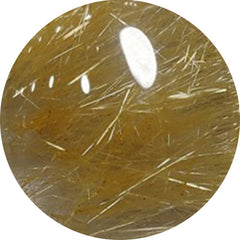 QUARTZ (125)
QUARTZ (125)
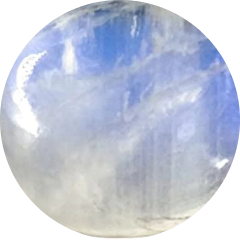 Rain Moonstones (0)
Rain Moonstones (0)
 RAINBOW CALCILICA (13)
RAINBOW CALCILICA (13)
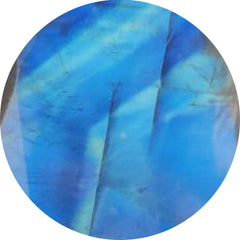 RAINBOW MOONSTONE (76)
RAINBOW MOONSTONE (76)
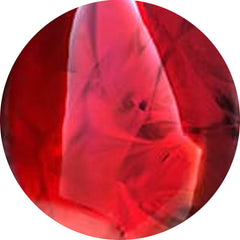 RED FOSSIL (0)
RED FOSSIL (0)
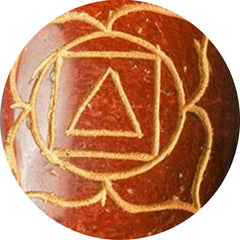 RED JASPER (3)
RED JASPER (3)
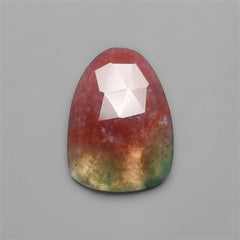 Red Moss Agate (87)
Red Moss Agate (87)
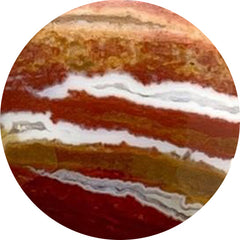 RED RIVER JASPER (16)
RED RIVER JASPER (16)
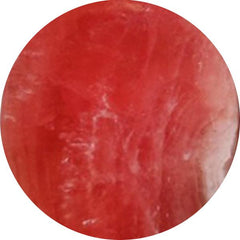 RHODOCHROSITE (361)
RHODOCHROSITE (361)
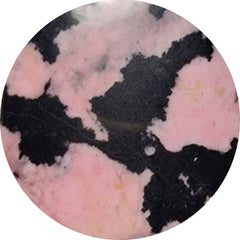 RHODONITE (83)
RHODONITE (83)
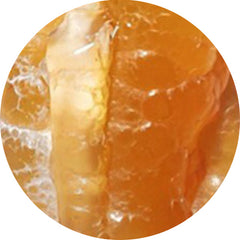 ROCK CHALCEDONY (2)
ROCK CHALCEDONY (2)
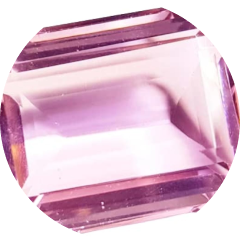 Rose Cut Gemstones (778)
Rose Cut Gemstones (778)
 ROSE QUARTZ (58)
ROSE QUARTZ (58)
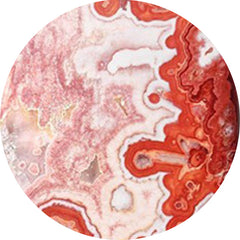 ROSITA JASPER (12)
ROSITA JASPER (12)
 Round Shape Gemstones (10)
Round Shape Gemstones (10)
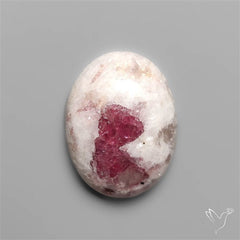 Rubellite (16)
Rubellite (16)
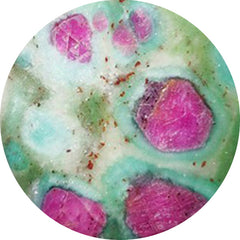 RUBY IN FUCHSITE (6)
RUBY IN FUCHSITE (6)
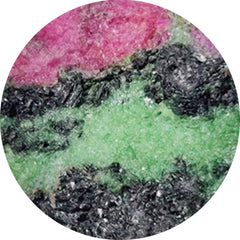 RUBY IN ZOISITE (96)
RUBY IN ZOISITE (96)
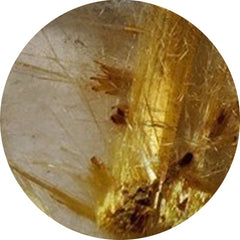 RUTILATED QUARTZ (258)
RUTILATED QUARTZ (258)
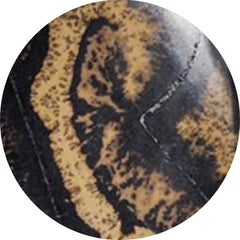 SAGE BRUSH JASPER (0)
SAGE BRUSH JASPER (0)
 SAND DOLLAR FOSSIL (4)
SAND DOLLAR FOSSIL (4)
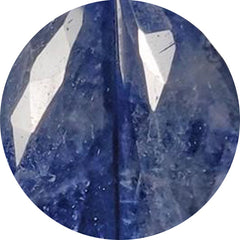 SAPPHIRE (43)
SAPPHIRE (43)
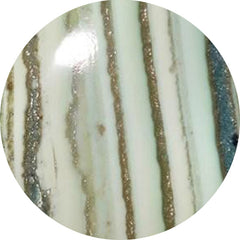 SATURN CHALCEDONY (61)
SATURN CHALCEDONY (61)
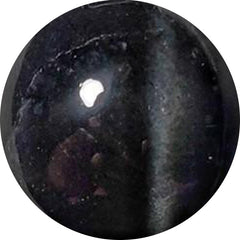 SCAPOLITE (13)
SCAPOLITE (13)
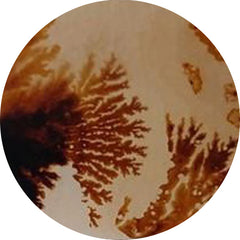 SCENIC AGATE (120)
SCENIC AGATE (120)
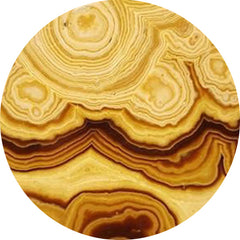 SCHALENBLENDE (102)
SCHALENBLENDE (102)
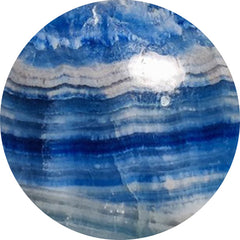 SCHEELITE (37)
SCHEELITE (37)
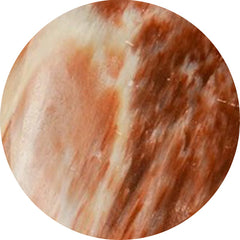 SCOLECITE (51)
SCOLECITE (51)
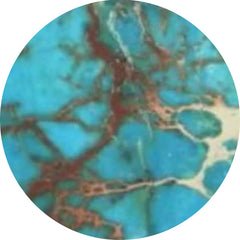 SEA SEDIMENT JASPER (1)
SEA SEDIMENT JASPER (1)
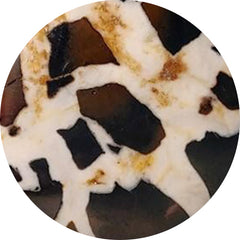 SEPTARIAN (96)
SEPTARIAN (96)
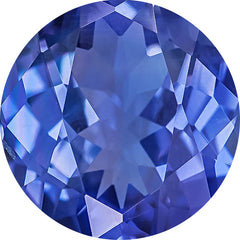 SEPTEMBER BIRTHSTONE (179)
SEPTEMBER BIRTHSTONE (179)
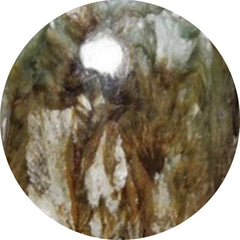 SERAPHINITE (75)
SERAPHINITE (75)
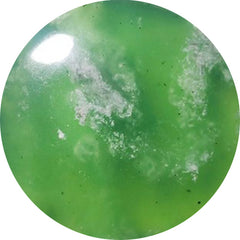 SERPENTINE (182)
SERPENTINE (182)
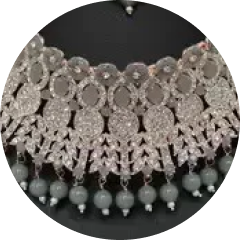 SETS (0)
SETS (0)
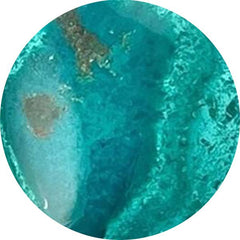 SHATTUCKITE (289)
SHATTUCKITE (289)
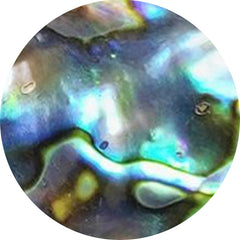 SHELL (281)
SHELL (281)
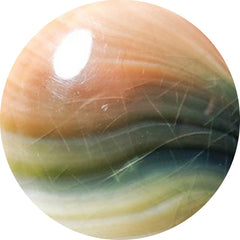 SHIVA EYE SHELL (48)
SHIVA EYE SHELL (48)
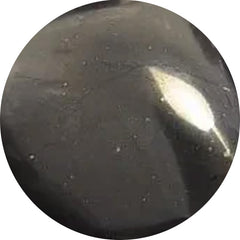 SHUNGITE (5)
SHUNGITE (5)
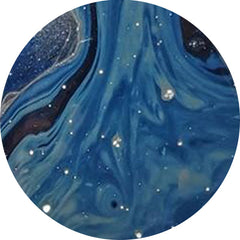 SIEBER AGATE (0)
SIEBER AGATE (0)
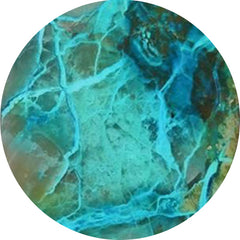 SILICA (4)
SILICA (4)
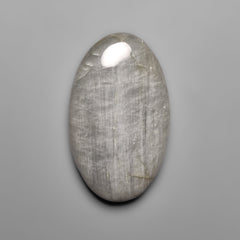 Silver Leaf Jasper (9)
Silver Leaf Jasper (9)
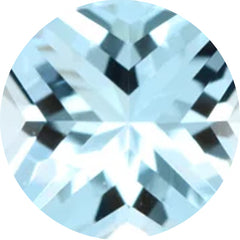 SKY BLUE TOPAZ (6)
SKY BLUE TOPAZ (6)
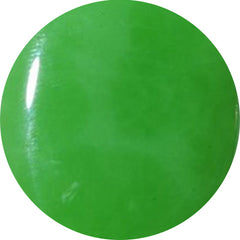 SMITHSONITE (33)
SMITHSONITE (33)
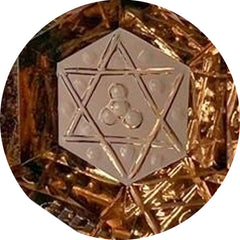 SMOKY QUARTZ (26)
SMOKY QUARTZ (26)
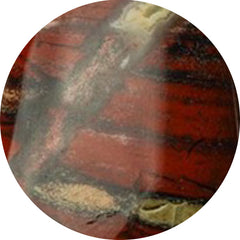 SNAKESKIN JASPER (54)
SNAKESKIN JASPER (54)
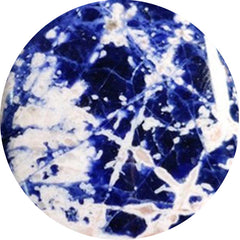 SODALITE (82)
SODALITE (82)
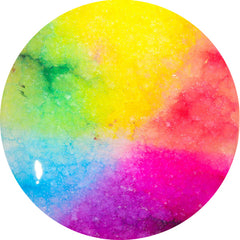 SOLAR AGATE (0)
SOLAR AGATE (0)
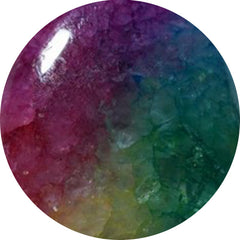 SOLAR QUARTZ (53)
SOLAR QUARTZ (53)
 SPECTROLITE (68)
SPECTROLITE (68)
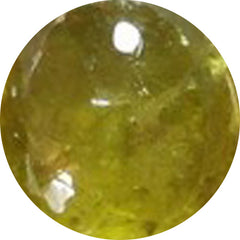 SPHENCE (25)
SPHENCE (25)
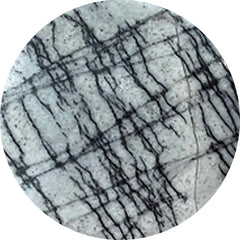 SPIDERWEB JASPER (4)
SPIDERWEB JASPER (4)
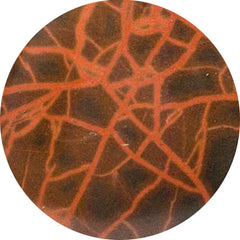 SPIDERWOMAN JASPER (0)
SPIDERWOMAN JASPER (0)
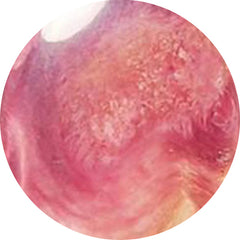 SPINY OYSTER SHELL (59)
SPINY OYSTER SHELL (59)
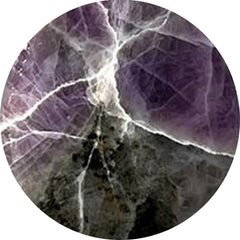 SPURRITE (7)
SPURRITE (7)
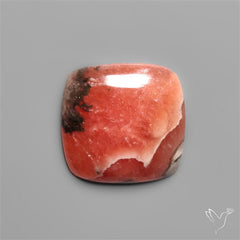 Square Shape Gemstones (11)
Square Shape Gemstones (11)
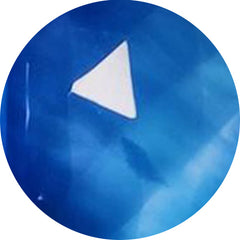 STARBURST (1)
STARBURST (1)
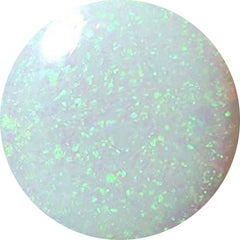 STERLING OPAL (1)
STERLING OPAL (1)
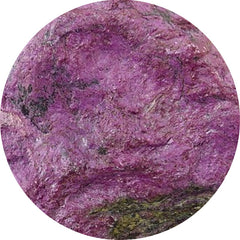 Stichtite (38)
Stichtite (38)
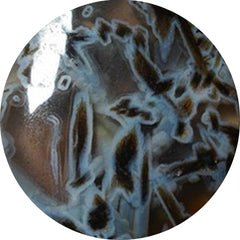 STICK AGATE (8)
STICK AGATE (8)
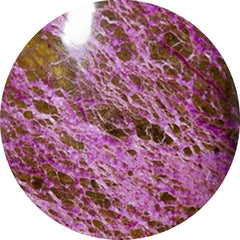 STITCHTITE (125)
STITCHTITE (125)
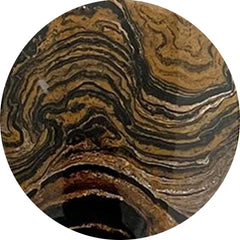 STRAMATOLITE (0)
STRAMATOLITE (0)
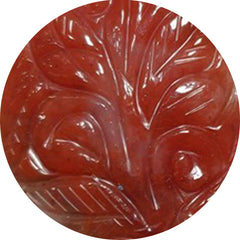 STRAWBERRY QUARTZ (13)
STRAWBERRY QUARTZ (13)
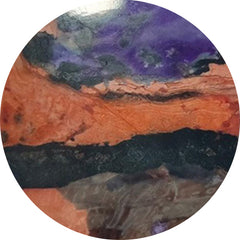 SUGILITE (1)
SUGILITE (1)
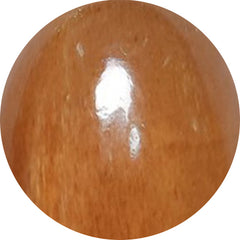 SUNSTONE (205)
SUNSTONE (205)
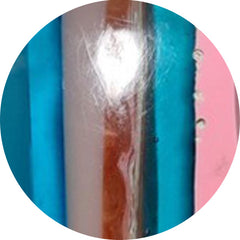 SURFITE (1)
SURFITE (1)
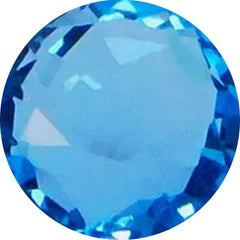 SWISS BLUE TOPAZ (34)
SWISS BLUE TOPAZ (34)
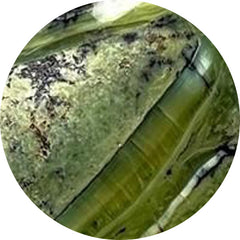 SWISS OPAL (0)
SWISS OPAL (0)
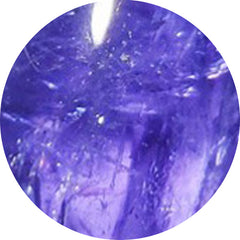 TANZANITE (30)
TANZANITE (30)
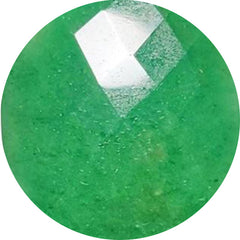 TANZURINE (11)
TANZURINE (11)
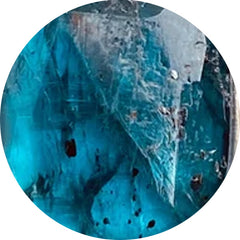 TEAL KYANITE (9)
TEAL KYANITE (9)
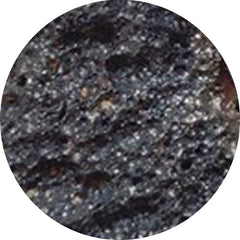 TEKTITE (42)
TEKTITE (42)
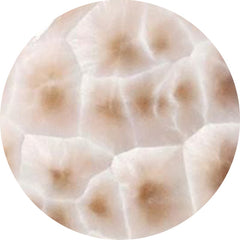 THOMSONITE (36)
THOMSONITE (36)
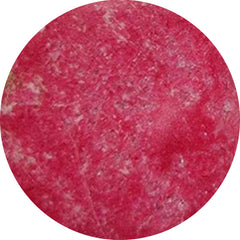 THULITE (89)
THULITE (89)
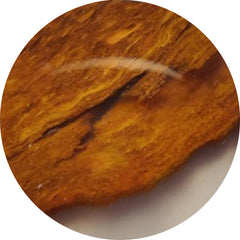 THUNDER EGG AGATE (0)
THUNDER EGG AGATE (0)
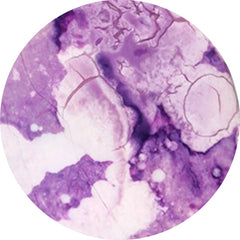 TIFFANY STONE (8)
TIFFANY STONE (8)
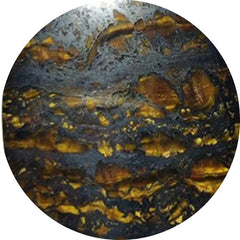 TIGER EYE (69)
TIGER EYE (69)
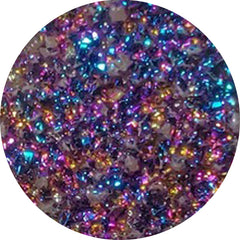 TITANIUM DRUZY (5)
TITANIUM DRUZY (5)
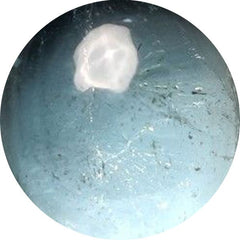 TOPAZ (65)
TOPAZ (65)
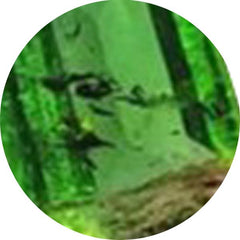 TOURMALINE (185)
TOURMALINE (185)
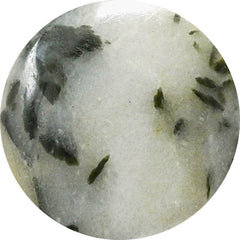 TOURMALINE IN QUARTZ (87)
TOURMALINE IN QUARTZ (87)
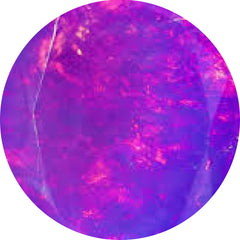 TREATED OPAL (37)
TREATED OPAL (37)
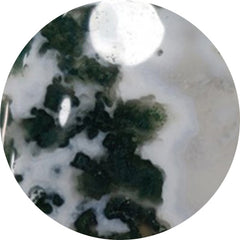 TREE AGATE (31)
TREE AGATE (31)
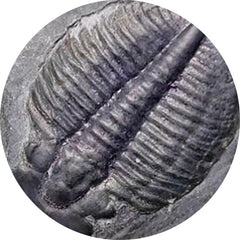 TRILOBITE FOSSIL (14)
TRILOBITE FOSSIL (14)
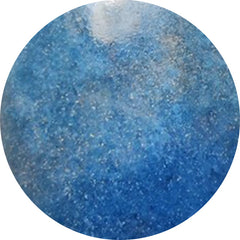 TROLLEITE QUARTZ (30)
TROLLEITE QUARTZ (30)
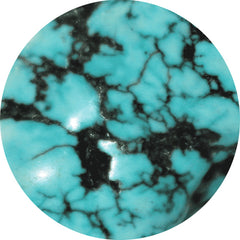 TUMBLES (1)
TUMBLES (1)
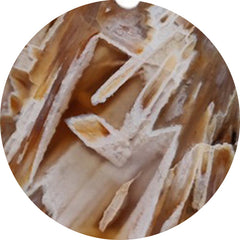 TURKISH TUBE AGATE (64)
TURKISH TUBE AGATE (64)
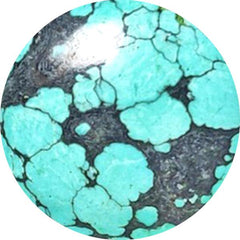 TURQUOISE (283)
TURQUOISE (283)
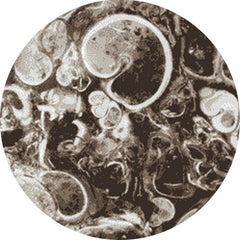 TURRITELLA JASPER (2)
TURRITELLA JASPER (2)
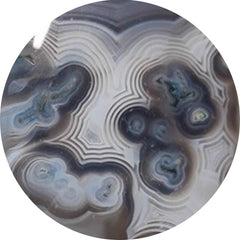 TUXEDO AGATE (75)
TUXEDO AGATE (75)
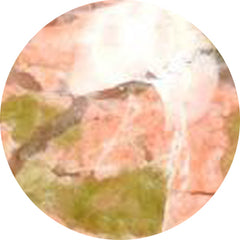 Unakite (5)
Unakite (5)
 UNDER $10 (4320)
UNDER $10 (4320)
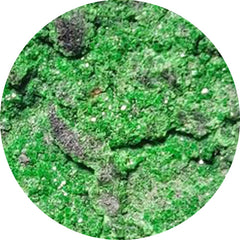 UVAROVITE GARNET (3)
UVAROVITE GARNET (3)
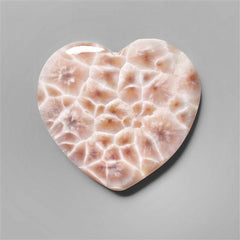 Valentine (740)
Valentine (740)
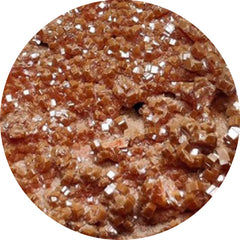 VANADINITE DRUZY (9)
VANADINITE DRUZY (9)
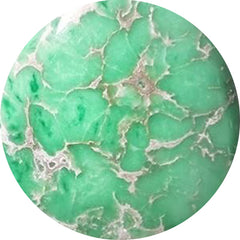 VARISCITE (135)
VARISCITE (135)
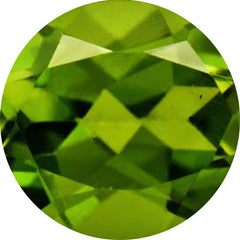 VESUVIANITE (1)
VESUVIANITE (1)
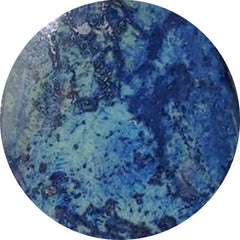 VIVIANITE (0)
VIVIANITE (0)
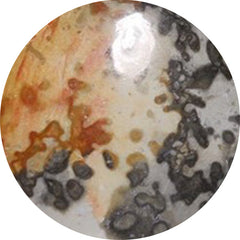 VOLCANIC COTHAM MARBLE (7)
VOLCANIC COTHAM MARBLE (7)
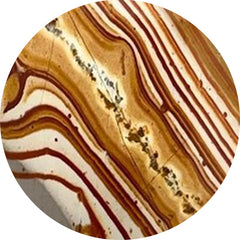 WAGUL JASPER (3)
WAGUL JASPER (3)
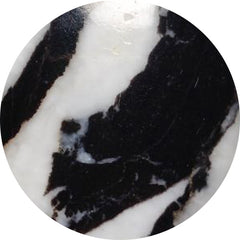 WHITE BUFFALO TURQUOISE (24)
WHITE BUFFALO TURQUOISE (24)
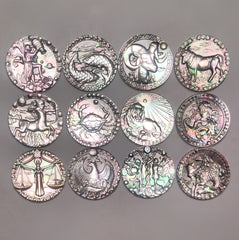 White Gemstones (1083)
White Gemstones (1083)
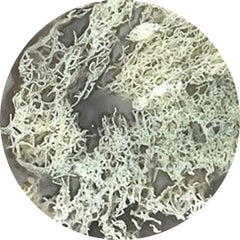 WHITE HORSE CANYON (47)
WHITE HORSE CANYON (47)
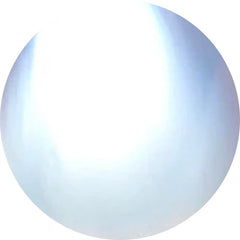 WHITE MOONSTONE (43)
WHITE MOONSTONE (43)
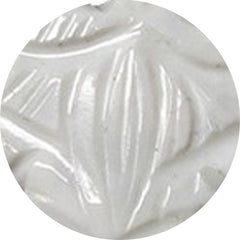 WHITE OPAL (13)
WHITE OPAL (13)
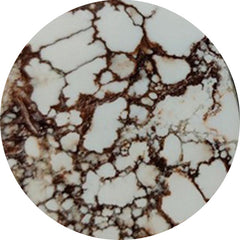 WILD HORSE JASPER (128)
WILD HORSE JASPER (128)
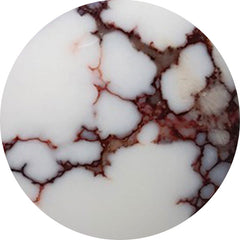 WILD HORSE MAGNESITE (51)
WILD HORSE MAGNESITE (51)
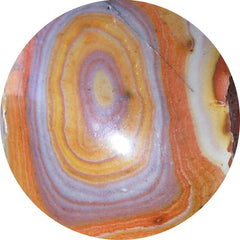 WONDER STONE (1)
WONDER STONE (1)
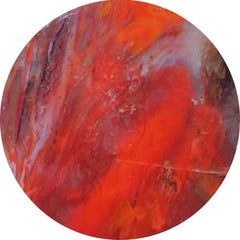 WOOD (207)
WOOD (207)
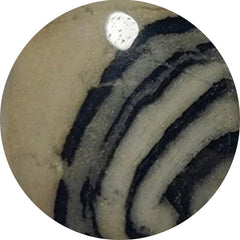 YAVAPAI TRAVERTINE (0)
YAVAPAI TRAVERTINE (0)
 Yellow Gemstones (163)
Yellow Gemstones (163)
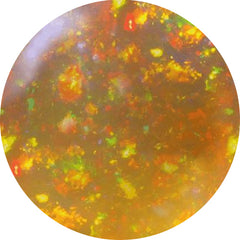 YELLOW OPAL (8)
YELLOW OPAL (8)
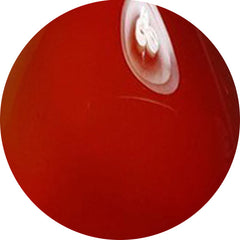 YEMENI AQEEQ (0)
YEMENI AQEEQ (0)
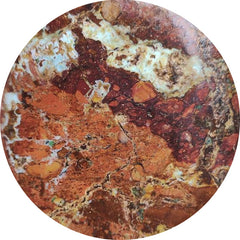 ZARINITE (0)
ZARINITE (0)
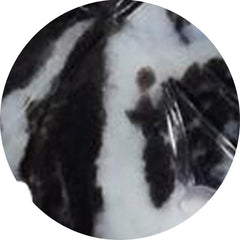 ZEBRA JASPER (1)
ZEBRA JASPER (1)
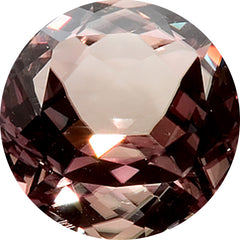 ZULTANITE (5)
ZULTANITE (5)











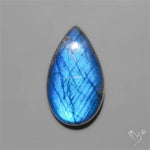
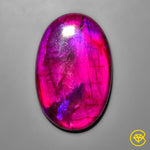
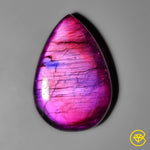
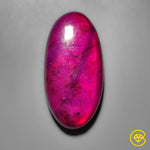
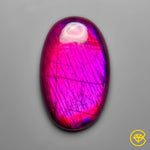
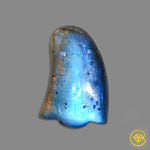
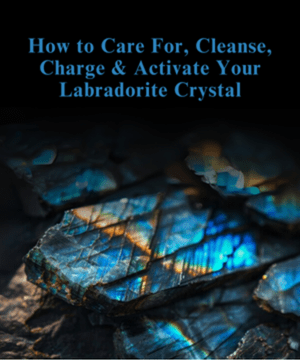
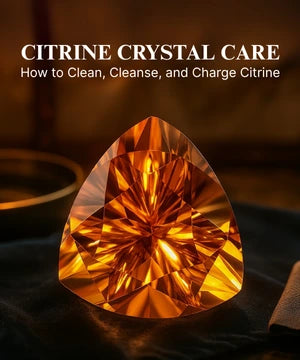
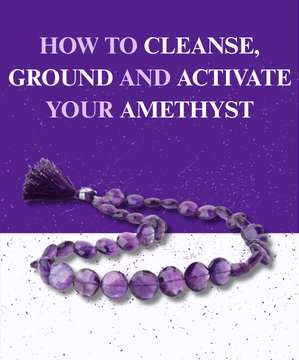
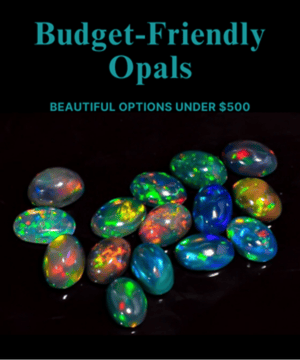
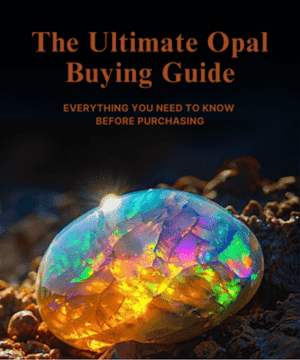
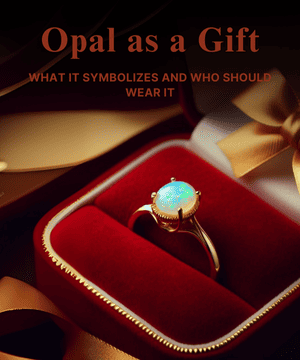
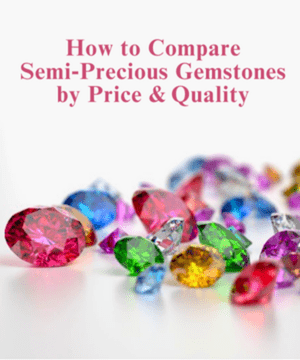



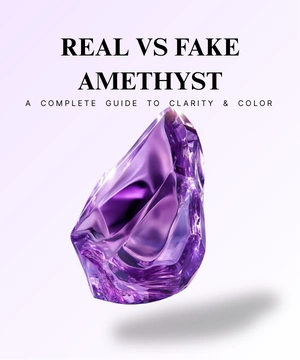


Leave a Comment